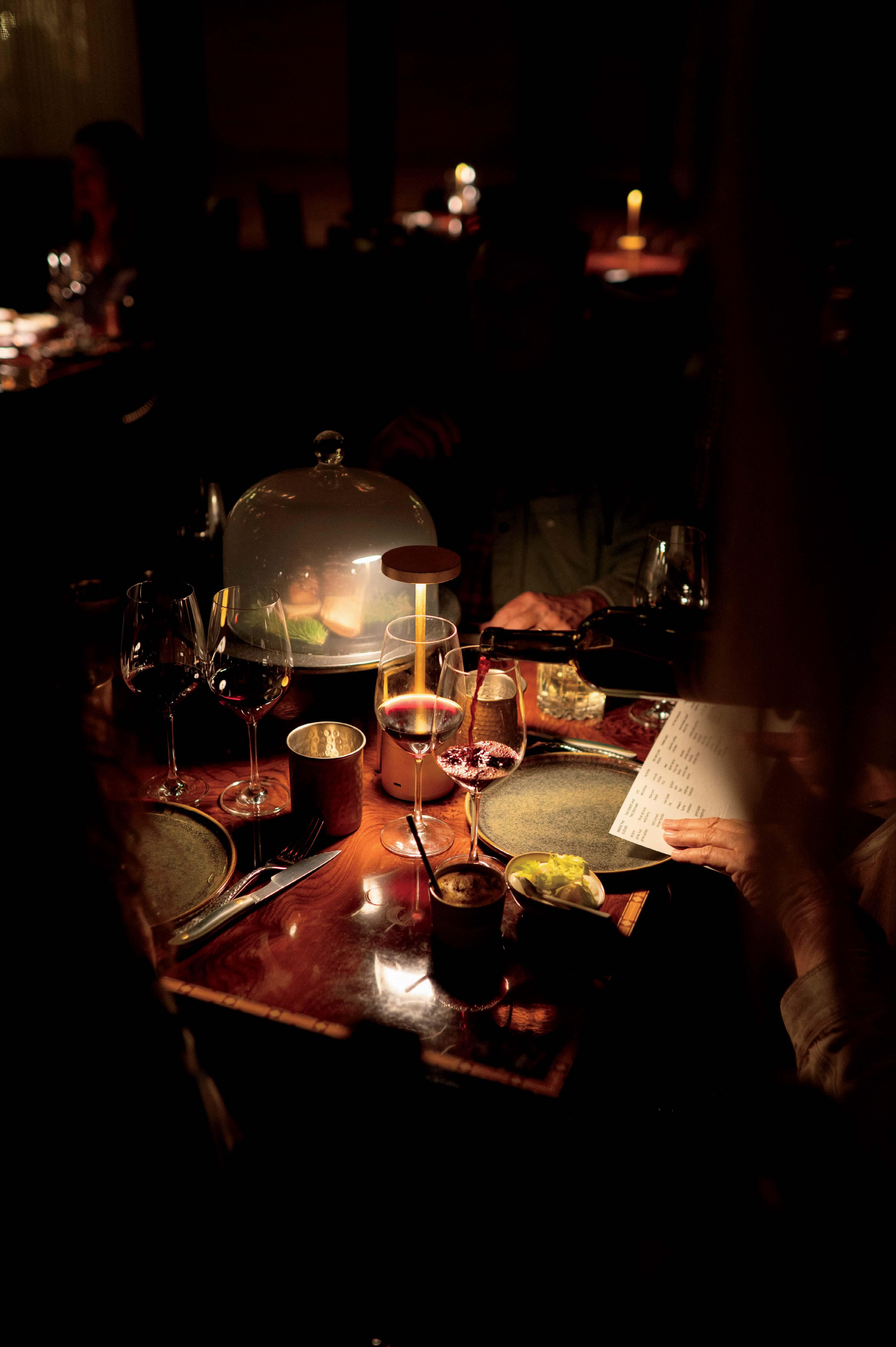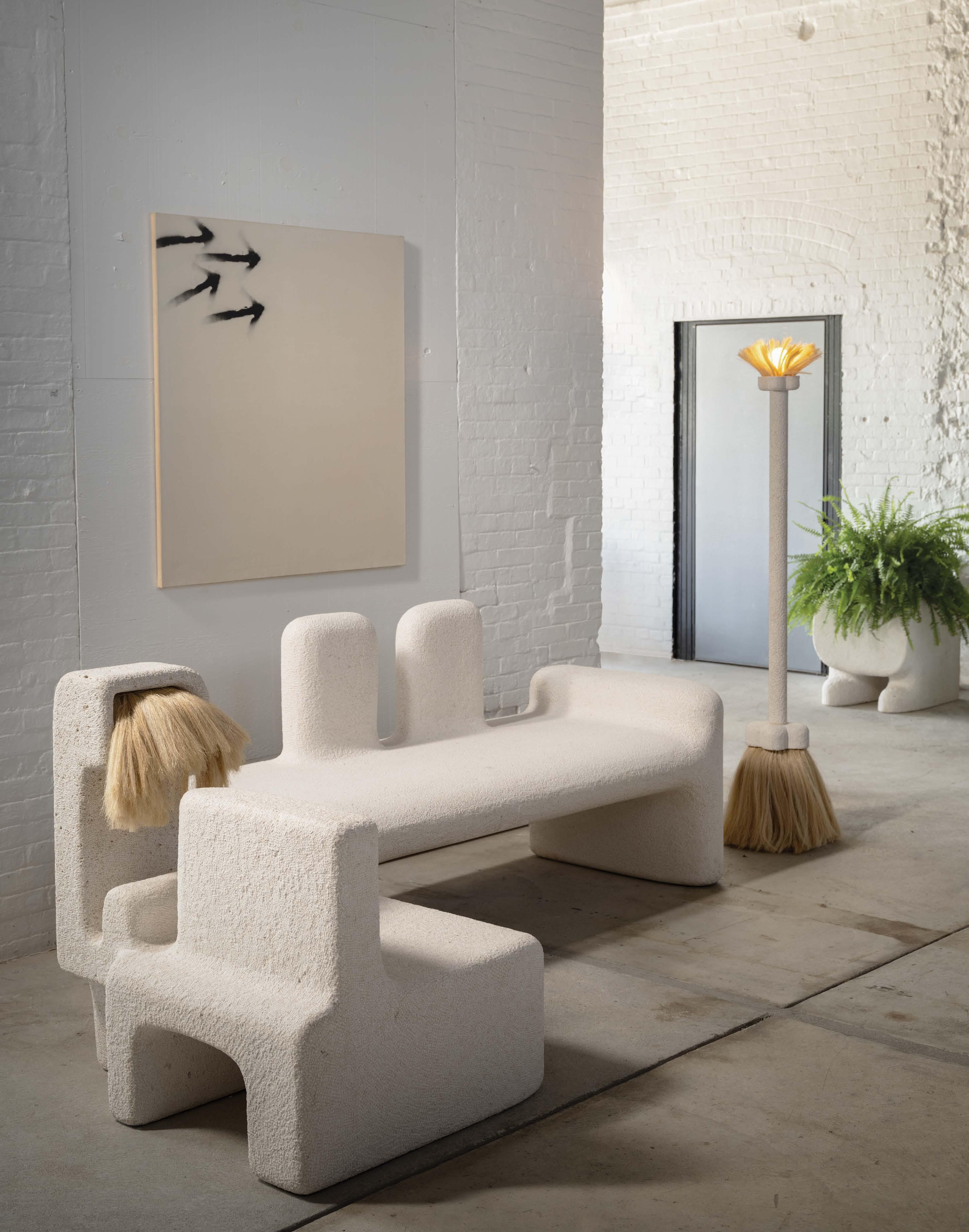


































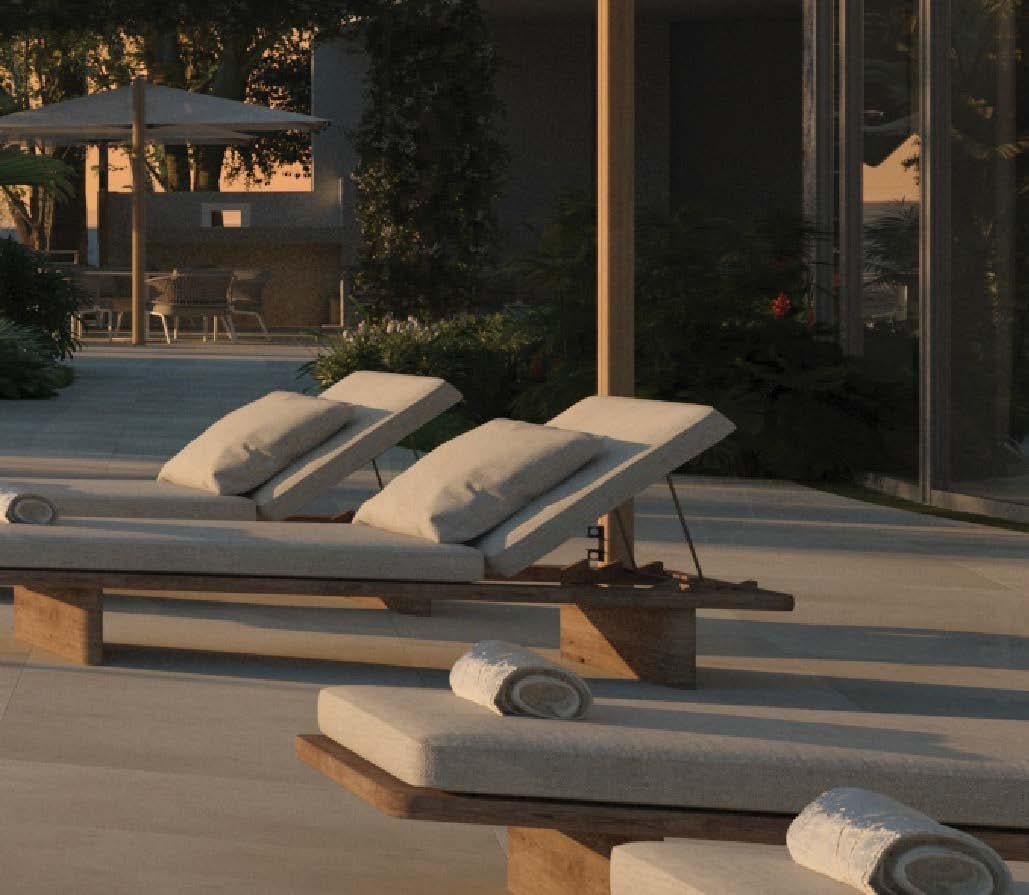

























































Designed by internationally acclaimed Robert A.M. Stern Architects, The St. Regis Residences, Miami are situated along the beautiful coastline of South Brickell, with exquisite bayfront views, a private marina, and an exclusive fine-dining restaurant by MICHELIN-starred chef Fabio Trabocchi. The Residences offer a lifetime of legendary moments — a place where the history and heritage of a timeless brand enable a signature way of life, propelled by impeccable service and unparalleled connoisseurship.
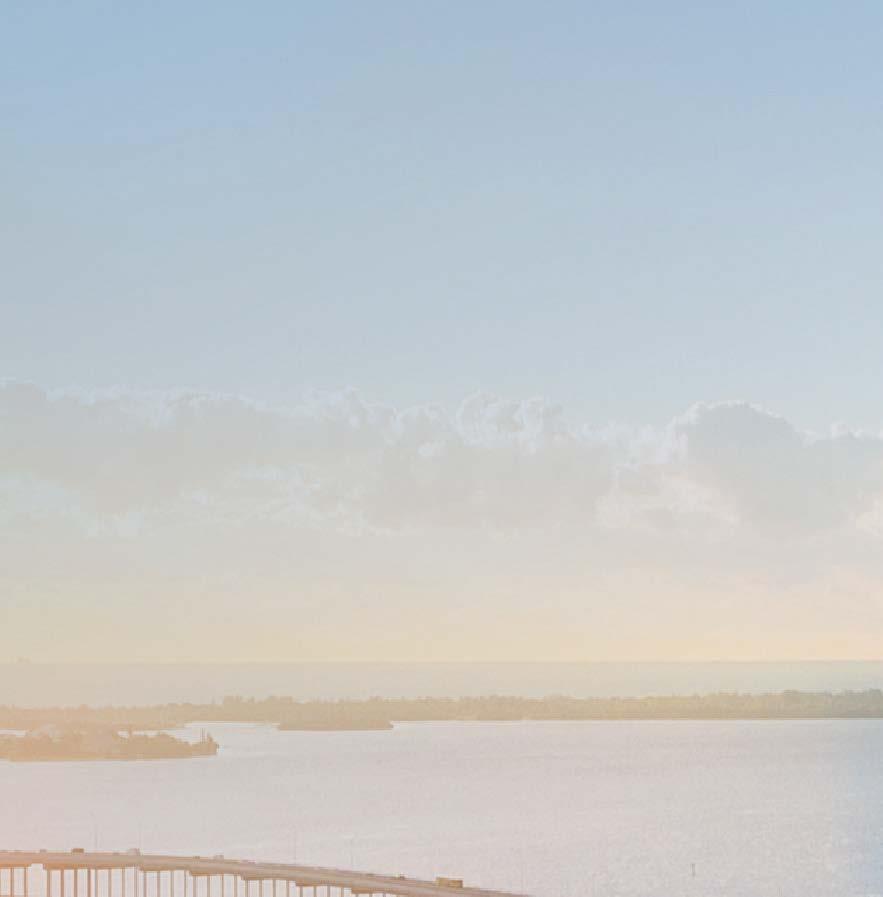



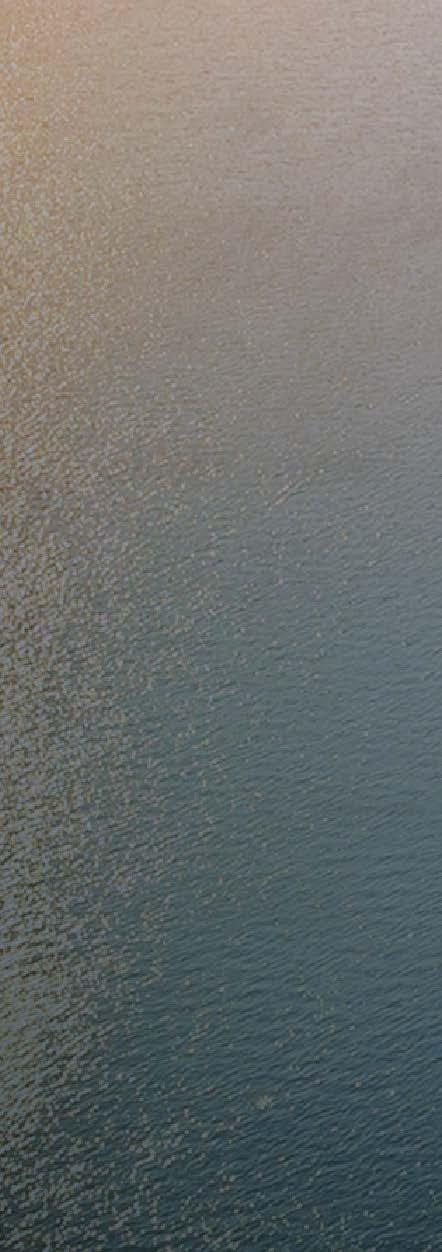

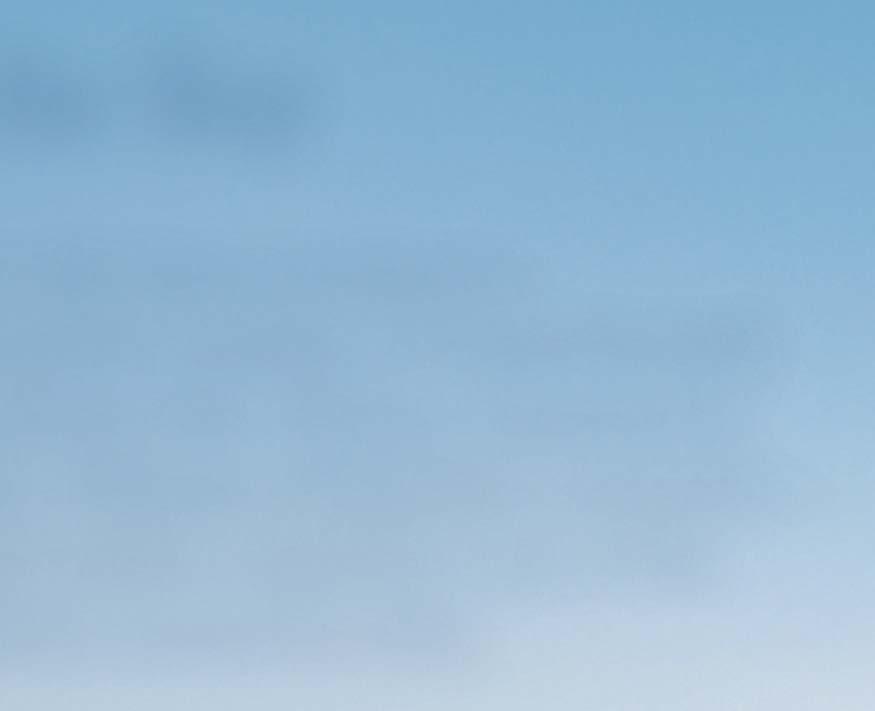

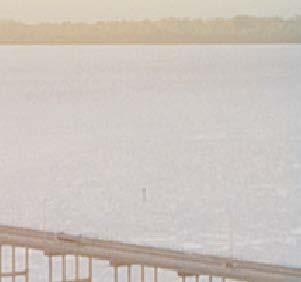

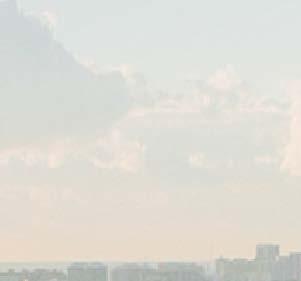
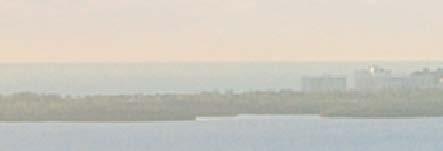
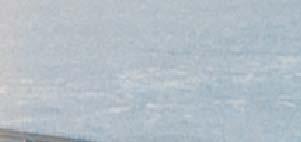

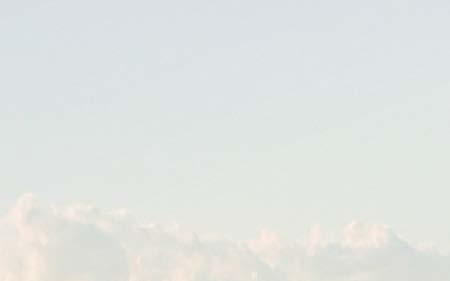
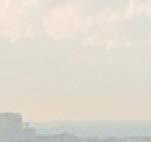




















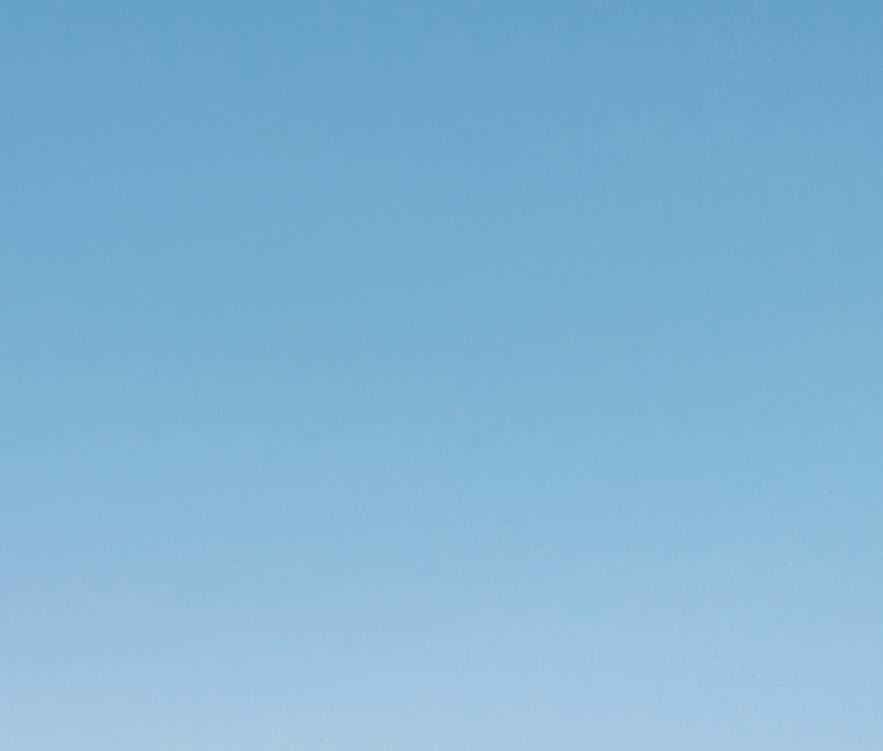
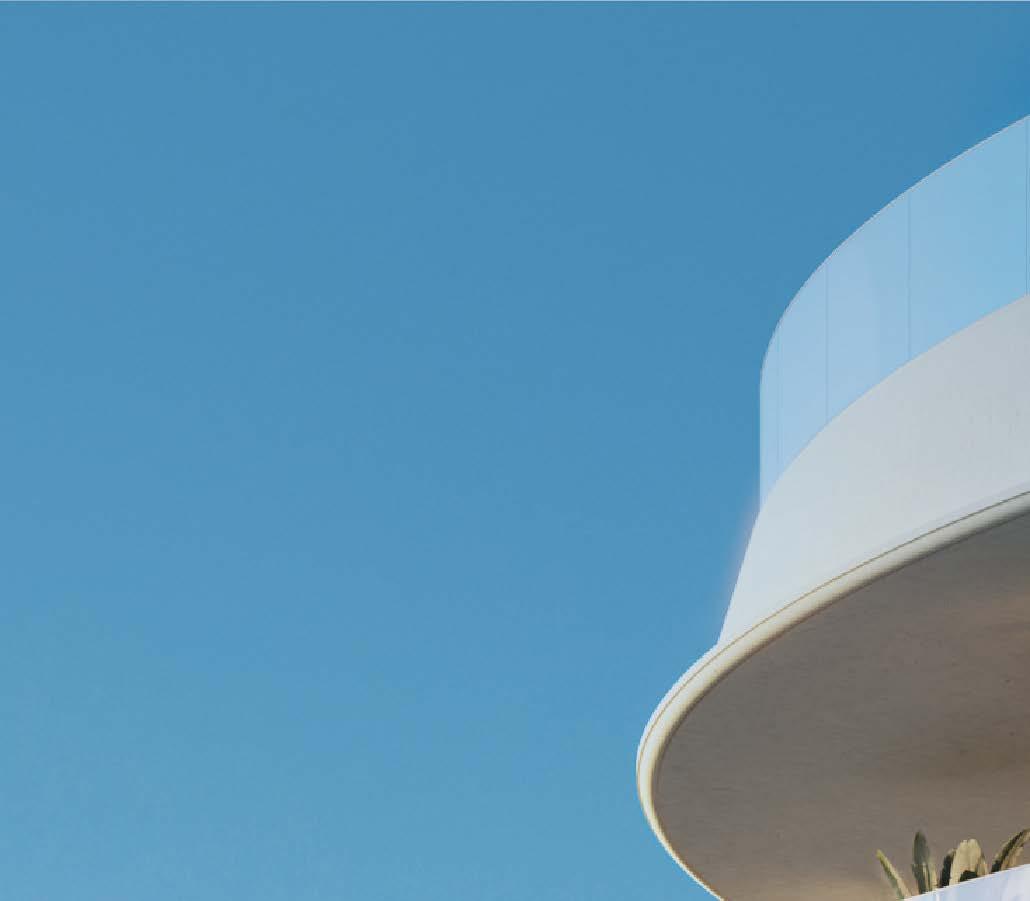
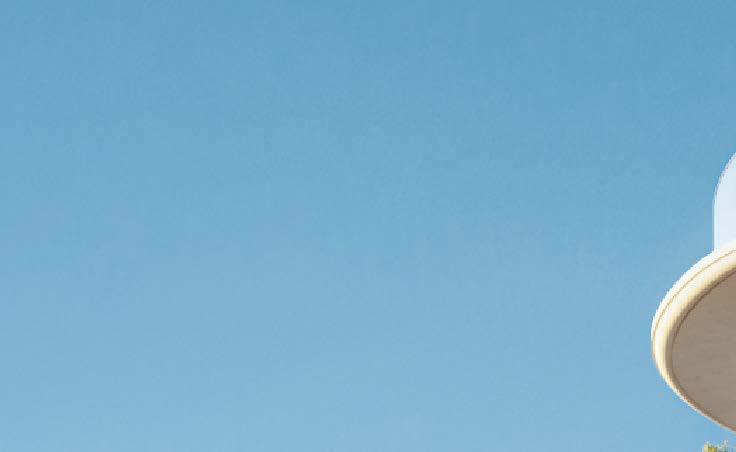
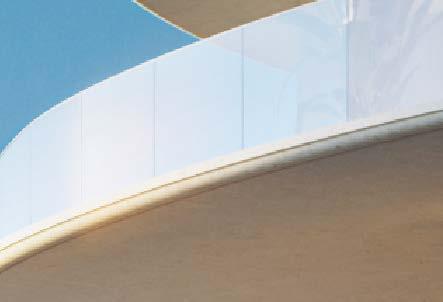
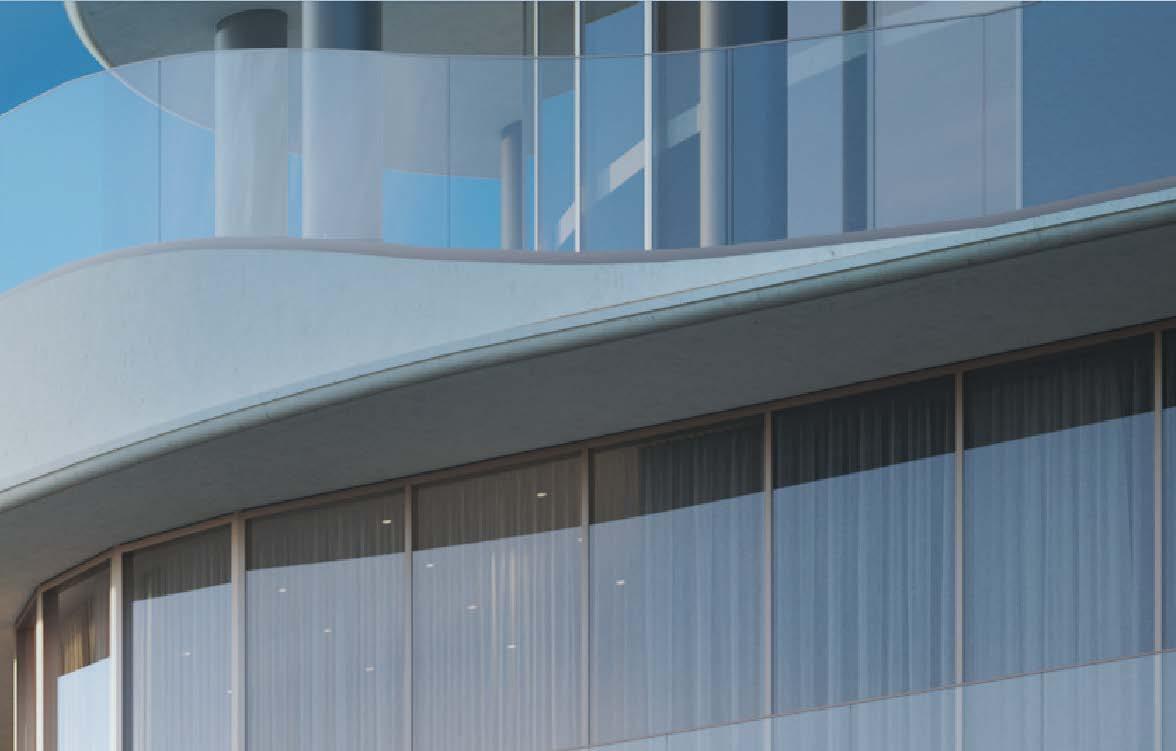


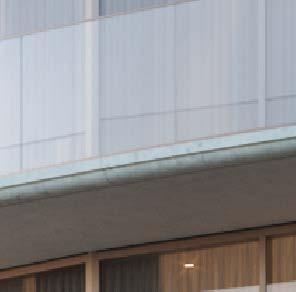

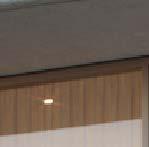






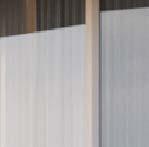


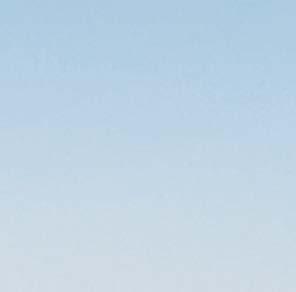






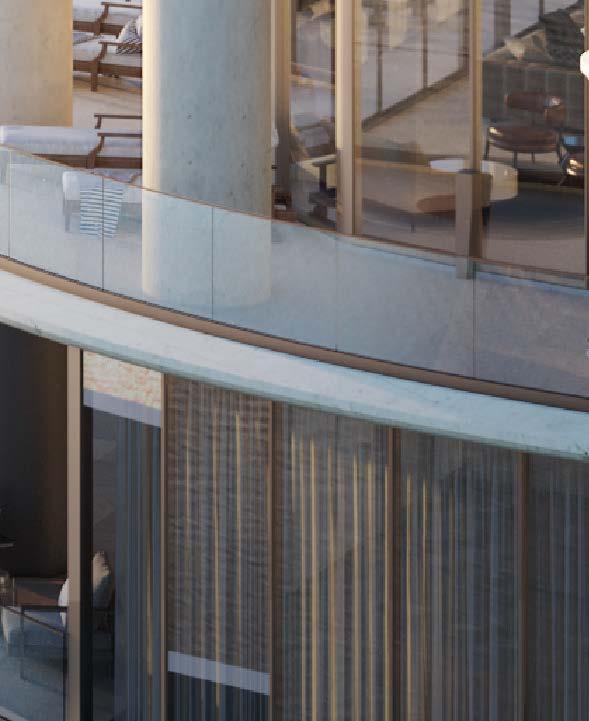
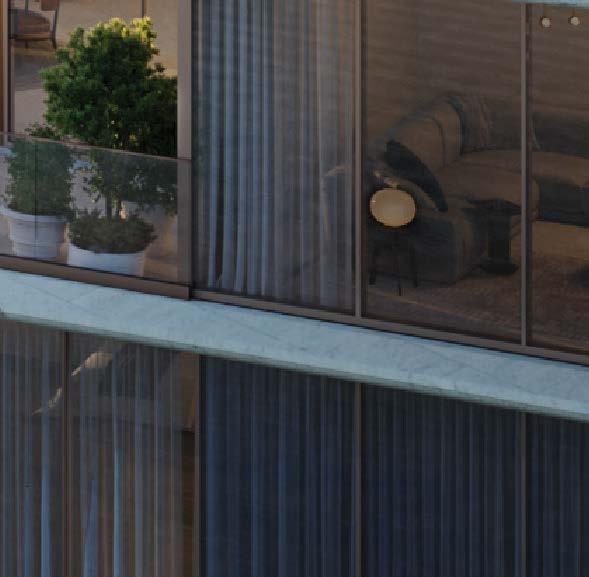

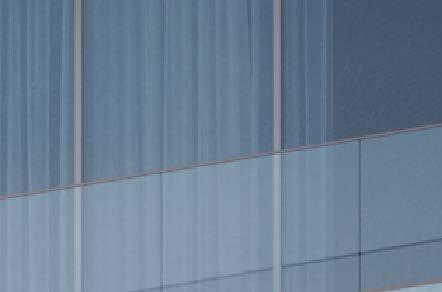


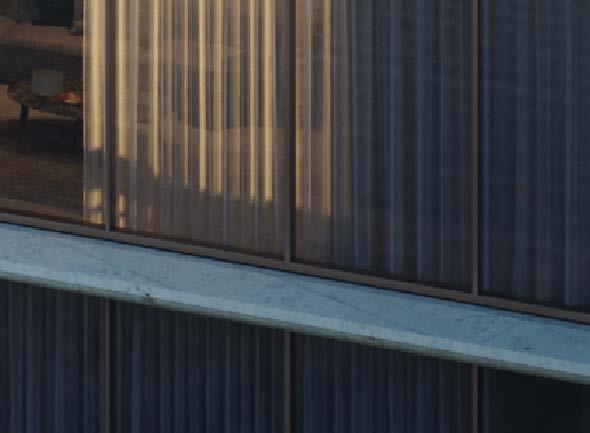
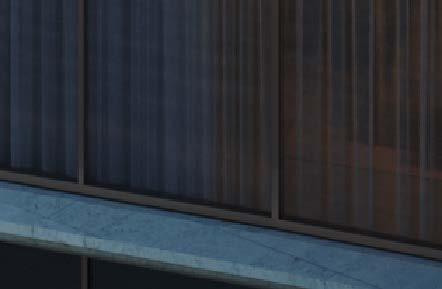


FOUNDER | EDITOR-IN-CHIEF
SARAH G. HARRELSON
EXECUTIVE EDITOR
MARA VEITCH
EDITOR-AT-LARGE
JULIA HALPERIN
FASHION EDITOR-AT-LARGE
ALI PEW
SENIOR CREATIVE PRODUCER
REBECCA AARON
SENIOR EDITOR
ELLA MARTIN-GACHOT
ASSISTANT EDITOR
JAYNE O’DWYER
EDITORIAL ASSISTANT
SOPHIE LEE
ART DIRECTOR
CHAD POWELL
JUNIOR ART DIRECTOR
HANNAH TACHER
COPY EDITOR
EVELINE CHAO
CHIEF REVENUE OFFICER
CARL KIESEL
PUBLISHER
LORI WARRINER
DIRECTOR OF BRAND PARTNERSHIPS
DESMOND SMALLEY
PUBLIC RELATIONS
ETHAN ELKINS, DADA GOLDBERG
PREPRESS/PRINT PRODUCTION
PETE JACATY


I’M INCREDIBLY EXCITED TO BE presenting CULTURED’s first-ever standalone supplement dedicated to the art and culture scene in Aspen. It’s a particularly fitting time to be launching this issue, as it’s also my first time curating Anderson Ranch’s esteemed Summer Series. After attending the series for the last five years and seeing some of my favorite art-world conversations there, it is an honor to be shaping the program this year. Among the amazing speakers in the program, I will be interviewing Pulitzer Prize–winning art critic Jerry Saltz, who I also spoke with for this issue.
Our first Aspen edition also boasts an interview with the inimitable Allison Katz— CULTURED’s Aspen issue cover subject— who partnered with the Aspen Art Museum’s artistic director Nicola Lees to curate an exhibition of epic proportions right here in the mountains. Born of the artist’s childhood obsession with Pompeii, “In the House of the Trembling Eye”— featuring works by Katz and her contemporaries, as well as several fresco fragments from the ancient city itself— reimagines the museum as a portal into antiquity. The project was no small feat: “I cried,” Katz recalls when asked how it felt to take her first step into the transformed galleries after 18 months of preparation. “This was still during installation, before it was even finished!” We are also pleased to highlight the two art fairs coming to Aspen this summer, along with our guide on how to look chic in the mountains.
I can’t wait to celebrate the season with all our Aspen readers.

Editor-in-Chief
16
Whether it’s museum shows, classical concerts, or a foot-of-themountain throwdown, there’s something unmissable on the calendar for every Aspenite this season.
18
As Aspen opens its arms for an art-filled summer season, the town’s regulars and seasonal savants share their tips for making the most of Colorado’s cultural epicenter.
22
Whether they are the first in their family to collect or part of a long line of patrons, these art lovers are committed to supporting and growing alongside artists of their generation.
26
SOUTH AFRICA ARRIVES IN THE ROCKIES
This spring, Southern Guild became the first South African gallery to open a U.S. outpost. This month, the Cape Town staple will venture into the mountains to participate in the inaugural Aspen Art Fair.
28
MAKE IT LAST
Jewelry designer Savannah Friedkin founded her eponymous brand last spring. This summer, she’s taking her collection on a national tour.
30
IT COMES NATURALLY
Munich-based sculptor Pia Maria Raeder has always led with intention. Todd Merrill studio is bringing her mesmerizing wares to Aspen.
32
ARTCRUSH BRINGS THE PARTY TO THE MOUNTAINS
This year, the Aspen Art Museum will celebrate 45 years with its most unforgettable ArtCrush yet.
34 CHOOSE YOUR OWN ADVENTURE … FASHION FOR THE ASPEN AFICIONADO
Whether trekking up the mountain, surveying the stables, or glamping under the stars, the right attire makes all the difference.
36 A NEW ART FAIR LANDS IN THE MOUNTAINS
The inaugural edition of the Aspen Art Fair is aiming for a citywide takeover.
38 DESIGN JOINS THE PARTY AT INTERSECT ASPEN
This year, design is shaking up the mountain town’s veteran art fair.
40
LIFE AT LIGHT SPEED
Artist E.V. Day is taking on a new challenge with her upcoming presentation at Aspen’s Baldwin Gallery.
42
‘I AM NOT PART OF THE SOCIAL WORLD’: JERRY SALTZ ON THE STRANGE LIFE OF AN ART CRITIC
Ahead of his participation in Anderson Ranch’s summer lecture series, the Pulitzer Prize winner checks in with cultured Editor-inChief Sarah Harrelson.
46 THROUGH CRAFT, A REVOLUTION
With a new exhibition at Marianne Boesky Gallery’s Aspen pop-up, Ghada Amer offers the mountain town a chance to acquaint itself with her iconoclastic practice.
48
MUSEUMS ARE IN CRISIS. SHARING ART IS ONE LEADER’S WAY OUT. Art Bridges Foundation CEO Anne Kraybill offers her perspective on the state of art-viewing in America.
50 THE BRAZILIAN ART MARKET’S MOST PROMINENT CHAMPION Mendes Wood DM was founded— proudly without a plan—in 2010. Since then, the gallery has gone to great lengths to bring the art world’s attention to the Brazilian scene. It’s paid off.
52
ALLISON KATZ IS BRINGING POMPEII TO ASPEN
Inspired by ancient ruins, artist Allison Katz recontextualizes contemporary works in an institution-spanning exhibition at the Aspen Art Museum.

WHETHER IT’S MUSEUM SHOWS, CLASSICAL CONCERTS, OR A FOOT-OF-THE-MOUNTAIN THROWDOWN, THERE’S SOMETHING UNMISSABLE ON THE CALENDAR FOR EVERY ASPENITE THIS SEASON.

Where: Anderson Ranch Arts Center
When: July 9–August 8
Why It’s Worth a Look: Every year, Anderson Ranch Arts Center invites influential artists, curators, collectors, and critics to lecture and host Q&A panels at their Summer Series. Featuring conversations with the conceptual artist
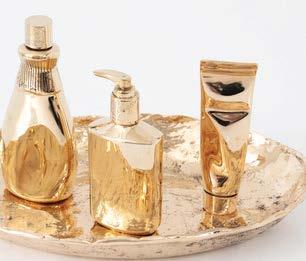
Where: R & Company at 520 East Hyman Avenue, Floor 2
When: Opening June 29
Why It’s Worth a Look: The New York–born design outfit makes a much-anticipated return to Aspen with this pop-up, bringing together the work of both local and international artists. Featuring collaborations with the likes of Cabana, Hedges Projects, and Object & Thing, the show offers a formidable constellation of collectibles, all inspired by Aspen’s thriving cultural scene.
Know Before You Go: R & Company is a major player—previous pop-ups have included collaborations with the likes of Pitkin Projects and Lehmann Maupin.
Charles Gaines, the artist and educator Derek Fordjour, and the sculptor Pedro Reyes, this summer’s program is perfect for expanding your intellect between sakefilled meals at Matsuhisa.
Know Before You Go: On July 18, CULTURED’s very own Editor-in-Chief Sarah Harrelson will be in conversation with Pulitzer Prize–winning critic Jerry Saltz.
“BAUHAUS

Where: Resnick Center for Herbert Bayer Studies
When: June 11–April 30, 2025
Why It’s Worth a Look: From its invention of the distinctive glass curtain wall (now seen on skyscrapers worldwide) to its sparing but bold use of primary colors, the Staatliches Bauhaus was one of the 20th century’s most impactful design movements. This exhibition specifically celebrates Bauhaus’s contributions to typography through a look at the objects—magazines, books, and
promotional fliers—that continue to bear its signature designs.
Know Before You Go: While key Bauhaus players such as Wassily Kandinsky and Paul Klee are featured here, the exhibition also highlights lesser-known contributors, including women artists like the Austrian Friedl Dicker.

Where: Aspen Art Museum, hosted at a variety of locations
When: July 30–August 3
Why It’s Worth a Look: Aspen ArtWeek is a cumulative celebration of the city’s ever-expanding art community. Including rooftop performances, auctions, panels, and immersive events for museum members and guests, the week reaches its pinnacle with the annual ArtCrush Summer Gala and Auction, an invitationonly event at the base of Buttermilk Mountain. This year’s honorees include the painter Jacqueline Humphries, the musician Jason Moran, and the architect Shigeru Ban.
Know Before You Go: Not only does this year’s ArtWeek celebrate 45 years of the Aspen Art Museum, it also coincides with the 10-year anniversary of the Shigeru Ban–designed facade for AAM.
“MICKALENE THOMAS: MYBLACKISBEAUTIFUL”

Why It’s Worth a Look: The details on Mickalene Thomas’s latest offering have been kept under wraps, but based on the multimedia artist’s recent exhibitions, a series of vibrant, mixed-media compositions is surely en route to Aspen this summer. The show’s title points to a continuation of Thomas’s long-standing mission to spark progress by example.
“Making space is vital to my practice, because creating art simply isn’t enough,” the artist told CULTURED. “I want to see others in my community grow, too.”
Know Before You Go: The exhibition is running concurrently with another offering from Thomas at the Broad in Los Angeles: “All About Love,” on view through September 29.

Where: Michael Klein Music Tent, and other locations
When: June 26–August 18
Why It’s Worth a Look: Founded in 1949, the Aspen Music Festival and School began as a two-week celebration of 18th-century German writer Johann Wolfgang von Goethe. Now, the festival is an eight-week stint of programming with panels, operatic performances, and chamber music, which on quiet evenings can be heard reverberating across the surrounding mountains. One thinks Goethe would appreciate the expansion.
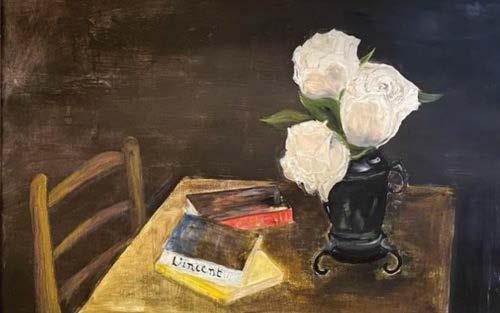
Red Brick Center for the Arts
When: June 20–August 30
Why It’s Worth a Look: Annie Decamp is a humanist. The artist has previously painted children, neighborhood groups, and even Betty White and her pet bear— all with her distinctive eye and sensitivity toward her subjects. Now, she turns her attention to flowers—specifically, Aspen’s summer blooms. Utilizing her encyclopedic
knowledge of art history, Decamp makes references to past painters, while still maintaining her own truly contemporary style.
Know Before You Go: This summer, the Red Brick Center for the Arts—which also houses dance and rehearsal studios and hosts adult art classes—is kicking off its 30th anniversary celebration with Decamp’s exhibit.
Where: Baldwin Gallery
When: July 26–September 2
Know Before You Go: Throughout the summer, artists including the Grammywinning classical guitarist Sharon Isbin and the husband-and-wife violinists Gil Shaham and Adele Anthony have been invited to curate special programs to share music, reminiscences, and stories of their decades in Aspen.
“GHADA

Where: Marianne Boesky Gallery Aspen
When: June 25–July 27
Why It’s Worth a Look: Egyptian artist Ghada Amer never shies away from confronting themes of gender and sexuality in her multilayered, politically resonant work. Her two latest series, “Paravent Girls” and “QR CODES REVISITED,” on view at Marianne Boesky Gallery Aspen, are no exception. The former features ink drawings of
anonymous women, translated into bronze sculptures, while the latter includes the artist’s reappropriation of khayamiya, a textile appliqué craft long associated with male tentmakers in Egypt.
Know Before You Go: Amer often sources her imagery from pornographic magazines, which she then reimagines with her signature gaze and pleasure-oriented lens. She’s not called a feminist provocateur for nothing.
CURATOR & PATRON
How has the scene changed in recent years? Aspen has always had a great mix of the casual and the fancy. I love to shop, so it’s nice to have great unique stores in town—from classics like Performance Ski to Nick Fouquet. It’s also great to have my most favored, glamorous brands’ flagships here, from Valentino to Hermès!
What’s your greatest seasonal indulgence while you’re in town? Aspen Kettle Corn for breakfast every Saturday morning at the farmer’s market. Don’t miss it.
What’s your favorite local restaurant? What should we order? I love so many Aspen restaurants, but one favorite is

What, or who, are your cultural touchstones in Aspen? Theatre Aspen, DanceAspen, Jazz Aspen Snowmass, the Aspen Music Festival, and Anderson Ranch are a few of my favorites that contribute to a vibrant art scene.

Cache Cache. Split the roast chicken, french fries, and the seasonal fruit crisp (peach if possible) with a friend in the courtyard.
Favorite hike and lunch combination? The sea of aspen trees at the beginning of American Lake always gets me—followed by picking up Big Wrap. Digest a bit, then try an Inferno Pilates class with Jaime at Arjuna.
AS ASPEN OPENS ITS ARMS FOR AN ART-FILLED SUMMER SEASON, THE TOWN’S REGULARS AND SEASONAL SAVANTS SHARE THEIR TIPS FOR MAKING THE MOST OF COLORADO’S CULTURAL EPICENTER THIS YEAR.
OWNER AND EXECUTIVE CHEF OF MAWA’S KITCHEN
What’s your greatest seasonal indulgence while you’re in Aspen? I am a sucker for garlic scapes! The peaches, as well—they come from both Paonia and Palisade (two nearby farming towns), and they are some of the best peaches you’ve ever tasted. I love to use them in sweet and savory dishes. I snack on them too, of course.
What’s your favorite restaurant in Aspen? What should we order? I’d be remiss if I didn’t mention my Aspenbased restaurants when answering this question: Mawa’s Kitchen and the Crepe Shack Aspen, because I create the menus there based on what I am craving. They are both culturally diverse places—Mawa’s Kitchen serves Afro–Middle Eastern with French-American flair, and the Crepe Shack Aspen offers creative crêpes with fun international flavor twists.
Best day trip? Paonia is the best day trip

from Aspen. It’s an incredibly fertile valley where we get a majority of our fruits and vegetables. I love to go and visit the farms and the wineries and eat fresh food from the source!
How do the rhythms of your life shift while in the mountains? My social schedule is usually planned around a hike or walk rather than a lunch or dinner. I feel like I can breathe a little deeper when I’m in the mountains.
What’s your greatest seasonal indulgence while you’re in Aspen? The shaved ice at Matsuhisa.
What’s your favorite local restaurant? What should we order? Do I have to pick just one? The pork chop at Cache Cache has been on my mind all day!
How has the scene changed in recent years? The art scene has always been respectable, but it has grown significantly in the last few years. The Aspen Art Museum is not just a local gem—it’s becoming an internationally recognized entity in the art world. Richard Edwards and his team at Baldwin Gallery consistently curate exceptional shows, while various noteworthy pop-ups have also made their mark.
BROKER ASSOCIATE AT DOUGLAS ELLIMAN REAL ESTATE
What are your cultural touchstones in Aspen? Aspen’s summer season is short and super vibrant. The start of the Saturday Market is the kickoff for me, and the Music Festival anchors everything.
Which Aspen happenings are you looking forward to this summer? Sundays at the Michael Klein Music Tent, afternoon talks at Anderson Ranch, Theatre Aspen shows, and Labor Day music!
What’s your greatest seasonal indulgence while you’re in Aspen? Achieving balance. Getting out and doing everything I love here during the busy summer real

estate season. I also commit to doing something new every year: a new hike, a new activity.
What’s your favorite local restaurant? What should we order? Meat & Cheese. The chicken board with potatoes and greens.

ASPEN ART MUSEUM DIRECTOR OF CURATORIAL AFFAIRS
What, or who, are your cultural touchstones in Aspen? Andy Warhol skiing Buttermilk, Walter Paepcke and Herbert Bayer’s symbiotic relationship, Jimmy Buffett’s 1982 New Year’s Eve Party, the Paragon ballroom, Christo and JeanneClaude’s Valley Curtain (technically, it was in Rifle, CO), all of the artists I’ve met who live in the Roaring Fork Valley, and all of the artists I have the honor of working with at the Aspen Art Museum.
Which Aspen happenings are you looking forward to this summer? Audience Plant 2024—a free outdoor concert on top of Aspen Mountain led by Ryan Trecartin, Lizzie Fitch, Ashland Mines, Aaron David Ross, and Michael Beharie. The performance is happening at the apex of Aspen ArtWeek, and features compositions written by Trecartin as scores for outdoor spaces and headphone music for gardeners. A collaborative ethos governs the project, which features guest performances by renowned pianist Jason Moran and the students of the Aspen Music School’s Contemporary Ensemble. The result is a blend of jazz, fusion, ambient noise, pop, video game scores, sound effects, theme songs, outros, children’s music, and EDM. In short: unmissable.
What’s your favorite local restaurant? What should we order? Clark’s. Come for the oysters and martinis, stay for the butterscotch pot de crème.
ARTIST AND FORMER ATHLETE
What, are your cultural touchstones in Aspen? Aspen’s art galleries are a treasure. I love visiting the Aspen Art Museum and connecting with local artists. Also, watching polo at the Aspen Valley Polo Club is always in my heart.
How do the rhythms of your life shift while in the mountains? Life in the mountains is more serene. I slow down, breathe deeply, and relish the simplicity of nature.
What’s your greatest seasonal indulgence while you’re in Aspen? A luxurious spa day at the St. Regis. It’s pure bliss and the perfect way to unwind.
How has the scene changed in recent years? Best new additions? The culinary scene has exploded with creativity. Betula Aspen’s blend of French and Latin cuisine is fantastic. I love the bird drink!
Go-to Aspen summer outfit? A flowy sundress paired with my old worn-out cowboy boots and a wide-brimmed hat. Classic, easy, and perfect for any occasion.


FOUNDER OF EPONYMOUS INTERIOR DESIGN STUDIO
What, or who, are your cultural touchstones in Aspen? Caribou Club, Woody Creek Tavern, and Kemo Sabe. There is nothing like these gems anywhere else, and each has contributed to making Aspen what it is over the years.
How do the rhythms of your life shift while in the mountains? As a New York girl, I find balance in my life because of Aspen—it’s my happy place. I feel a unique sense of calm every time I am fortunate enough to be here.
What’s your favorite local restaurant? What should we order? Betula Aspen. Everything is delicious!
How has the scene changed in recent years? I have been coming to Aspen my entire life, so I have definitely seen it evolve. Over the past decade, it has become a destination for art lovers, fashionistas, and business leaders. It used to be a hidden gem, but that certainly isn’t the case anymore. I love that it’s a hot spot with so much to offer.
JEN RUBIO CEO AND FOUNDER OF AWAY
What, or who, are your cultural touchstones in Aspen? The Aspen Art Museum and Anderson Ranch Arts Center are driving forces of culture in Aspen. AAM curates shows that force you to think of art in different ways—the Allison Katz–curated show [“In the House of the Trembling Eye”] is a must-see. The Anderson Ranch Arts Center is another core staple that brings renowned artists to the mountains and allows you to experience their work in a very special way.
How do the rhythms of your life shift while in the mountains? My pace slows down big time, but I somehow still get a lot done. Being out here makes me approach things in a more clear-headed way, and it’s impossible for me to be in a bad mood if I spend enough time outside. It truly is magical.
What’s your greatest seasonal indulgence while you’re in Aspen? Aspen is my seasonal indulgence!
Best way to spend a summer evening? Dinner at a friend’s house—Aspen
EXECUTIVE CHEF AT MOLLIE ASPEN
How do the rhythms of your life shift while in the mountains? The mountains, the river, and the valley call you out of whatever routine you’re in. As a chef, I’ve had a pretty awful work-life balance over the last 15 years, but I’ve found a real groove here by making plans to get out of cell range on a deep trail or putting my feet in the river.
What’s your greatest seasonal indulgence while you’re in Aspen? I’m big on indulgence whatever the season, but in Aspen it’s “leaf peepin’.” I feel every bit of my 41 years saying this, but it really is nuts here. Standing at around 10,000 feet and looking down at all the colors in the valley is worth whatever trip you took to get here.
Best way to spend a summer evening?

has some of the greatest dinner party hosts—and then live music outside somewhere!
Favorite hike and lunch combination? Pack a lunch and then make your way to the back side of Aspen Mountain, where there are huge meadows of wildflowers and views everywhere you look. You can take the gondola to the top of Ajax and hike down the back or ATV back there. Breathtaking.
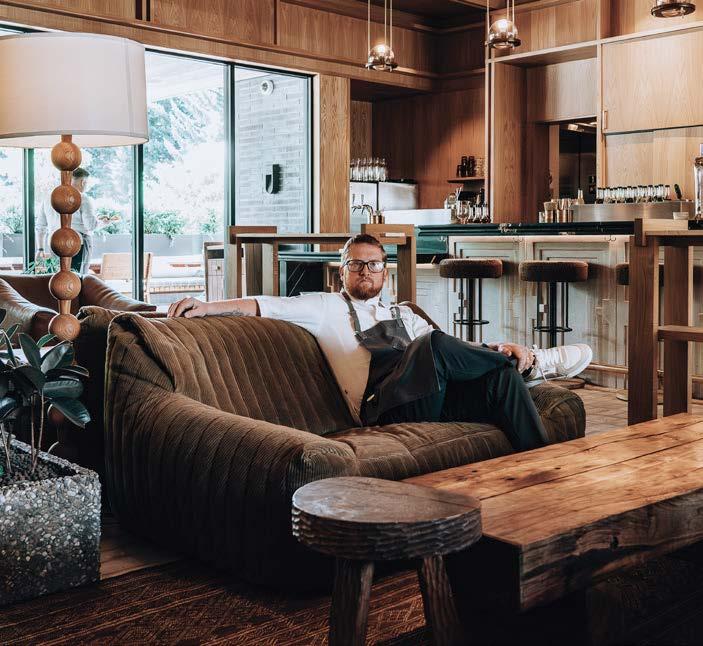
After a quick bite at Matsuhisa, get a drink at Hooch, catch a show at Belly Up if your friend’s band is playing, and end up at Silver City for karaoke. Afterward, make your way back to Mollie for a nightcap and an amazing stay.
Best day trip? It starts early. Pack a full day bag and head up to Conundrum Hot Springs. You’ll get gorgeous valley views, cedar-scented air, ambient river noise, and an awesome natural hot spring. Hikes like that are what Bob Ross painted. The whole place is full of happy little trees.
CO-OWNER OF PERFORMANCE SKI ASPEN
What’s your greatest seasonal indulgence while you’re in Aspen? Breathing fresh air.
Favorite hike and lunch combination? I don’t hike! But the best lunch spot in Aspen is Casa Tua—hands down.
How do the rhythms of your life shift while in the mountains? My rhythms are always the same: in the moment.
How has the Aspen scene changed in recent years? The influencers have brought a lot of bad fashion to Aspen. I really miss the old summer fashion cowboy vibe, but maybe it will come back as a result of Pharrell’s cowboy-inspired collection for Louis Vuitton.
Go-to Aspen summer outfit? ANYTHING BUT LYCRA. I really don’t like the Lycra

Which Aspen happenings are you looking forward to this summer? I’m co-chairing the Aspen Art Museum ArtCrush this year for the first time, and I can’t wait!

tights look—so hot and sweaty. At Performance Ski we have these amazing shorts and light pants from Amundsen, a cool and fresh Norwegian brand.
I’ve been attending for nearly a decade and it’s always one of my favorite nights of the year, so I’m thrilled to be more involved. We’re honoring Shigeru Ban (who designed the new building 10 years ago), Jacqueline Humphries, and Jason Moran. The Anderson Ranch gala will honor Charles Gaines, an artist I love, so I’m looking forward to that too.
Best way to spend a summer evening?
Highlands Alehouse is hands-down the best pizza in town. On Saturday evenings, they have live music and everyone goes to the base of Highlands with their kids and dogs to eat, relax, and enjoy the music and perfect weather. We bring a kiddie pool and a slip-n-slide—it’s the best summer evening activity for the whole family.
Favorite hike and lunch combination?
Hunter Creek is close, quick, shady, and ends at a beautiful overlook. From there, it’s five minutes to town and the new rooftop restaurant at the Aspen Art Museum, Swedish Hill, which has a delicious sandwich or salad and a spectacular view.
JULY 30AUGUST 3 2024
Aspen Ice Garden
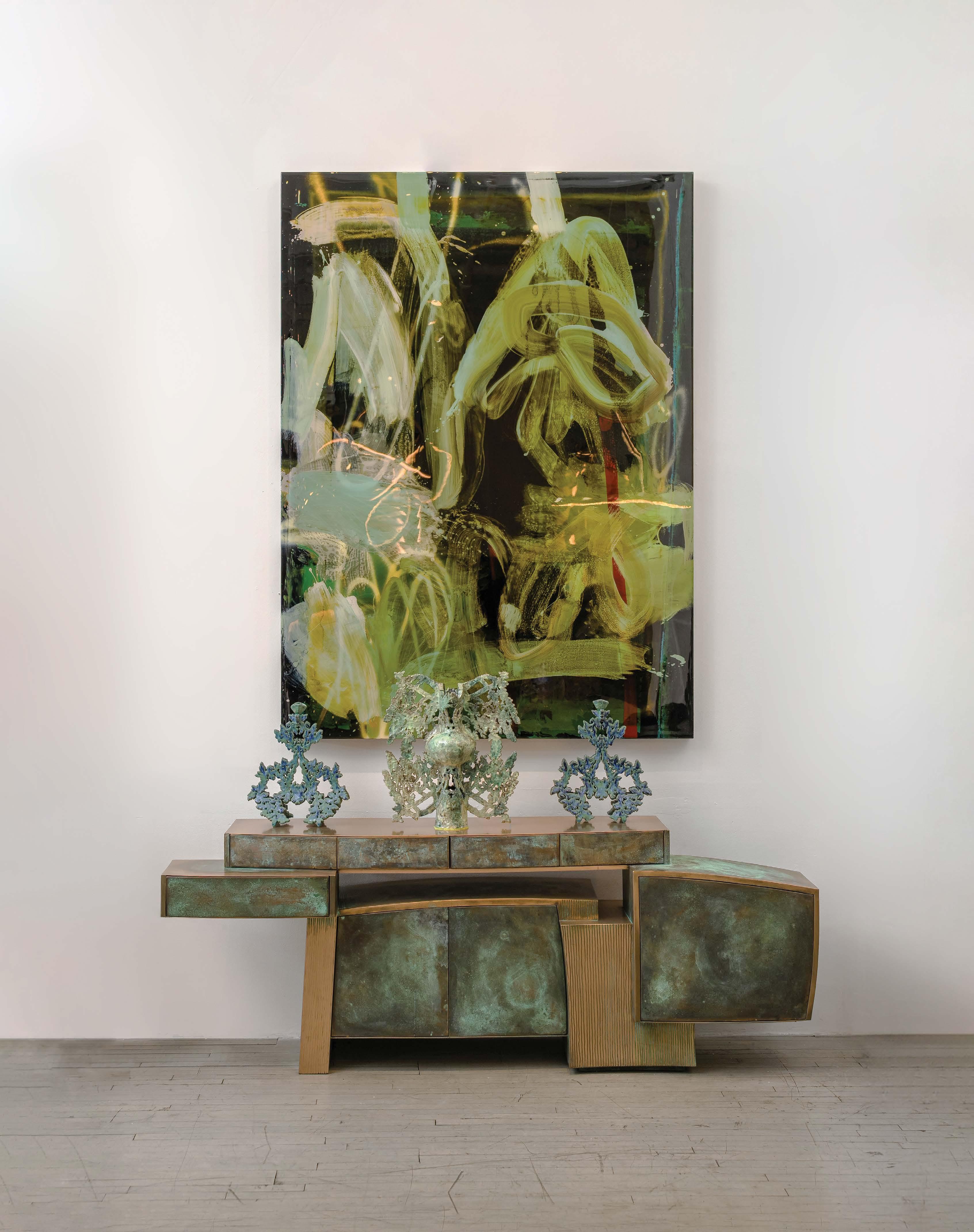
Intersect Aspen Art and Design Fair returns to the Aspen Ice Garden this summer, presenting a dynamic mix of modern and contemporary art and design.
Running for over a decade, the fair has seen newfound energy and excitement under the management of Intersect Art and Design, now in its fourth edition. Committed to building community and connectivity, Intersect offers opportunities for dialogue, engagement, and inspiration through its cultural partnerships, programming, and curatorial vision.
For more information visit intersectaspen.com
ART COLLECTING IS, above all, an act of faith. It requires faith in the vision of an individual artist, faith in the enduring value of living with art, and faith in the collector’s ability to preserve their acquisitions for posterity. The eight individuals on CULTURED’s seventh annual Young Collectors List show us what comes after that leap of faith. Whether they are the first in their family to collect or part of a long line of patrons, these art lovers are committed to supporting and growing alongside artists of their generation.
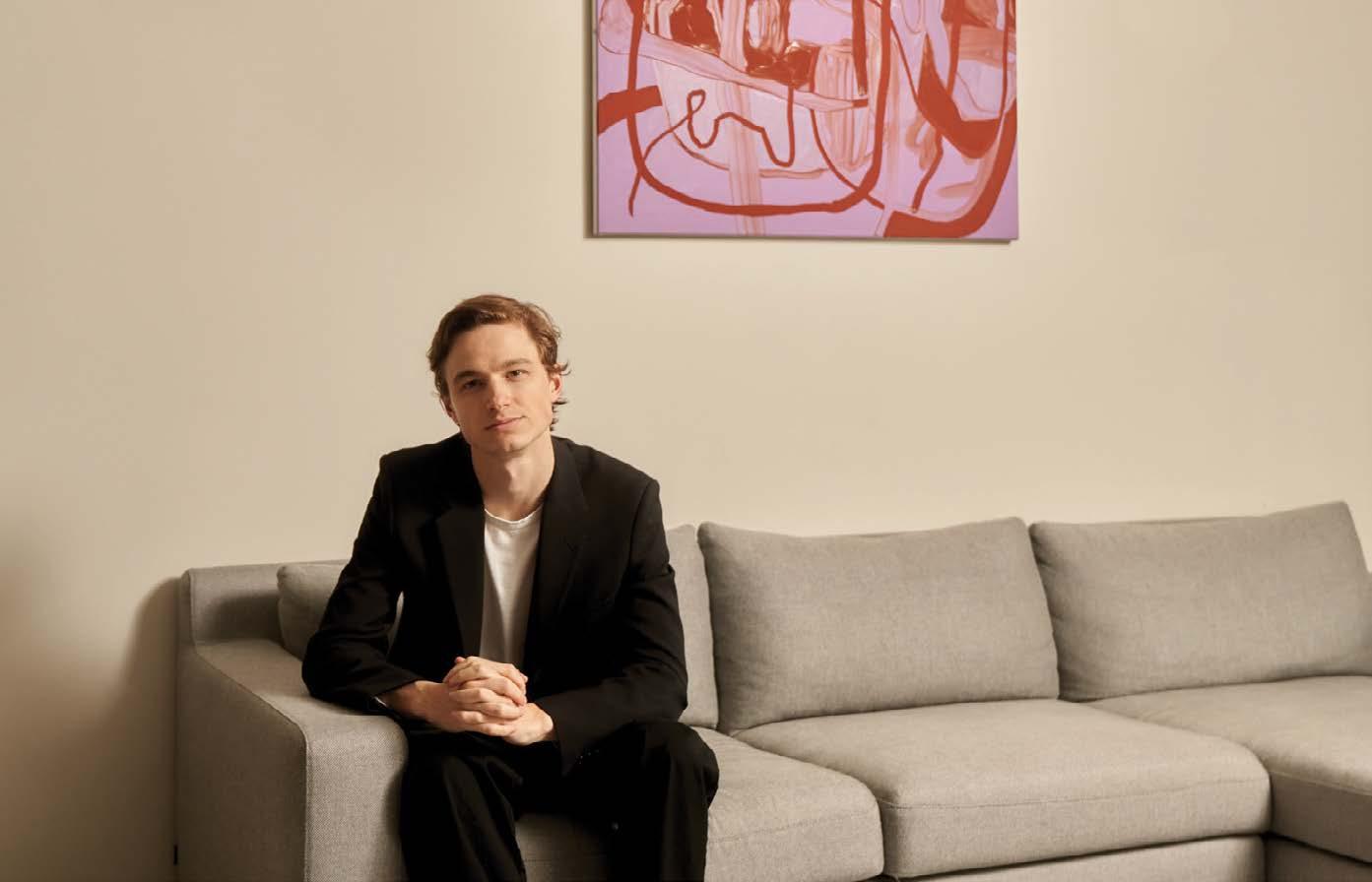
BY SARA ROFFINO
It started on impulse. Eight years ago, Patrick Finnegan attended a charity auction for SoHo Arts Club in Lower Manhattan and walked away with his first piece of art, a painting by Con$umr. It remained the entirety of his collection until five years ago, when he officially started acquiring works. Since then, he’s quickly scooped up pieces by artists like Anna Weyant, Seth Becker, Jorge Galindo, Daniel Correa Mejía, Alexander James, and so many more. He’s also managed to become a client of celebrity advisor Ralph DeLuca, whom he credits with helping to refine his eye and cultivate gallery relationships.
It’s a distant world from Williamstown, Massachusetts, where Finnegan grew up visiting the Clark Art Institute and MASS MoCA—but a seed was planted in those early years. “My first encounter in the art world was through my parents’ relationship with an incredible painter
named Stephen Hannock,” Finnegan explains. “Though we aren’t particularly close, I recall learning about him from a young age.”
The speed with which Finnegan has found his way into the most polished of blue-chip circles should be no surprise. A wunderkind of sorts, Finnegan moved to New York without a high school or college degree, getting his start in venture capital before he was old enough to order a martini. He established his name as a go-to Gen-Z expert, advising global corporations on how to reach his peers. Now, he spends his days running an early-stage investment firm, Second Sight Ventures.
Personal engagement has been an important part of Finnegan’s career—and his approach to collecting. “I acquire pieces that resonate with me, both on an emotional and visual level,” he says. “Establishing a personal connection with artists adds a deeper layer of intimacy to the collection.” Though Finnegan has already been able to collect artists like Ed Ruscha and Marcel Dzama, his sights are set on the future as he grows his collection, with Cecily Brown, Nicolas Party, George Condo, Jean-Michel Basquiat, and Danielle Mckinney on his most-wanted list.

BY EMIE DIAMOND
Many children grow up with family snapshots on their walls. Lacey Tisch grew up looking at a series of four portraits of her mother by none other than Andy Warhol.
The daughter of Andrew Tisch, the co-chairman of the board at Loews Corporation, and Susan Tisch Allen, Lacey has collecting in her blood. But it took encounters with two very different works of art—Paul Downs’s gleaming Swarovski-adorned mixed-media work Chanel Number 5 and a print of Ansel Adams’s black-and-white photograph Snow Oak Silence —to inspire her to build a collection of her own.
Tisch is the co-founder of wellness company Sage + Sound, an Upper East Side destination offering lymphatic massages, non-toxic nail care, classes, and more. Her dedication to health and well-being dovetails seamlessly with her collecting philosophy. The entrepreneur
has always been drawn “to things that make me feel a lightness,” she says. “I choose art that makes me feel a certain way, that is reflective of the work I do.”
Tisch sees the pieces she has acquired over the years as the embodiment of her personal evolution. With an approach to collecting that’s both intuitive and joyful, she remains fascinated by “how art represents a moment in time.” She is speaking with me from her New York residence, one of the two homes for a collection that toys with texture, pattern, reflection, and transparency. (Tisch splits her time between Manhattan and the Hamptons.) Here, the Los Angeles–based artist Mungo Thomson’s Person of the Year, a mirrored composition based on the famous Time magazine cover, shares space with an atmospheric photograph by the American artist James Welling of Philip Johnson’s iconic Glass House. Other treasures include a commissioned work from the Italian artist Paola Pivi’s “Pearls” series and the dot-filled Alchimie 390 by Argentinian artist Julio Le Parc.
Tisch describes her East End abode, where she keeps work by Daniel Arsham and a collaborative chair by the Campana Brothers and KAWS, as “more fun and kitschy … it’s where we feel more laidback.” Travel adds another dimension to Tisch’s collection. Everywhere she visits, from small islands to major cities, she buys something to commemorate the trip. Her most recent acquisition was L’incubo di Kubrick by Damiano Spelta from Rossana Orlandi’s eponymous gallery in Milan. Up next are excursions to Singapore, the Maldives, and Dublin, which will likely lead to even more intriguing encounters that find their way into Tisch’s constellation of a collection.
“I CHOOSE ART THAT MAKES ME FEEL A CERTAIN WAY, THAT IS REFLECTIVE OF THE WORK I DO.”
BY LEE CARTER
It’s a rare moment in a collector’s journey when, at long last, their collection comes full circle. That’s the position that Jen Rubio—co-founder and CEO of the buzzy luggage brand Away—and her husband Stewart Butterfield—co-founder and, until recently, CEO of Slack—found themselves in recently, when they purchased a large-scale work from Pop art titan Ed Ruscha. One of Rubio’s first acquisitions, given to her by Butterfield, was a Ruscha lithograph. “Coming full circle like this feels so incredible, so meaningful,” she coos.
Collecting with meaning could be Rubio’s motto. Since she first immersed herself in the art world, her collection has ballooned in size and scope— boasting contemporary stars like Simone Leigh, Joan Mitchell, Mickalene Thomas, Marina Perez Simão, Claire Tabouret, and Salman Toor. The couple have doubled down on this commitment by selecting the New Mexico desert as the location for their future foundation, a
BY KATIE WHITE
The logic behind Noora Raj Brown’s collection is simple. “The older you get, the more you discover your own taste,” she says. “I believe in buying art you feel you can’t live without.”
Raj Brown and her husband, Ryan Brown, began collecting nearly a decade ago while living in New York’s West Village. “The first piece we bought together was a Matt Bilfield. My husband picked it—it’s very Pop, colorful, and playful,” says the Goop executive vice president. While Brown favors the bright and bold, Raj Brown opts for a minimalist aesthetic. “The first work I bought personally was a Christopher Wool—a beautiful artist proof,” she recalls.
A lot has changed since these early acquisitions—the pair traded New York for Los Angeles and had their first child. Nevertheless, their collection, which now lines the walls of a sun-filled Pacific Palisades abode, remains a celebration of distinctive visions. “It’s easy for people who know us to guess who chose what,” Raj Brown says with a laugh. These interwoven visual languages
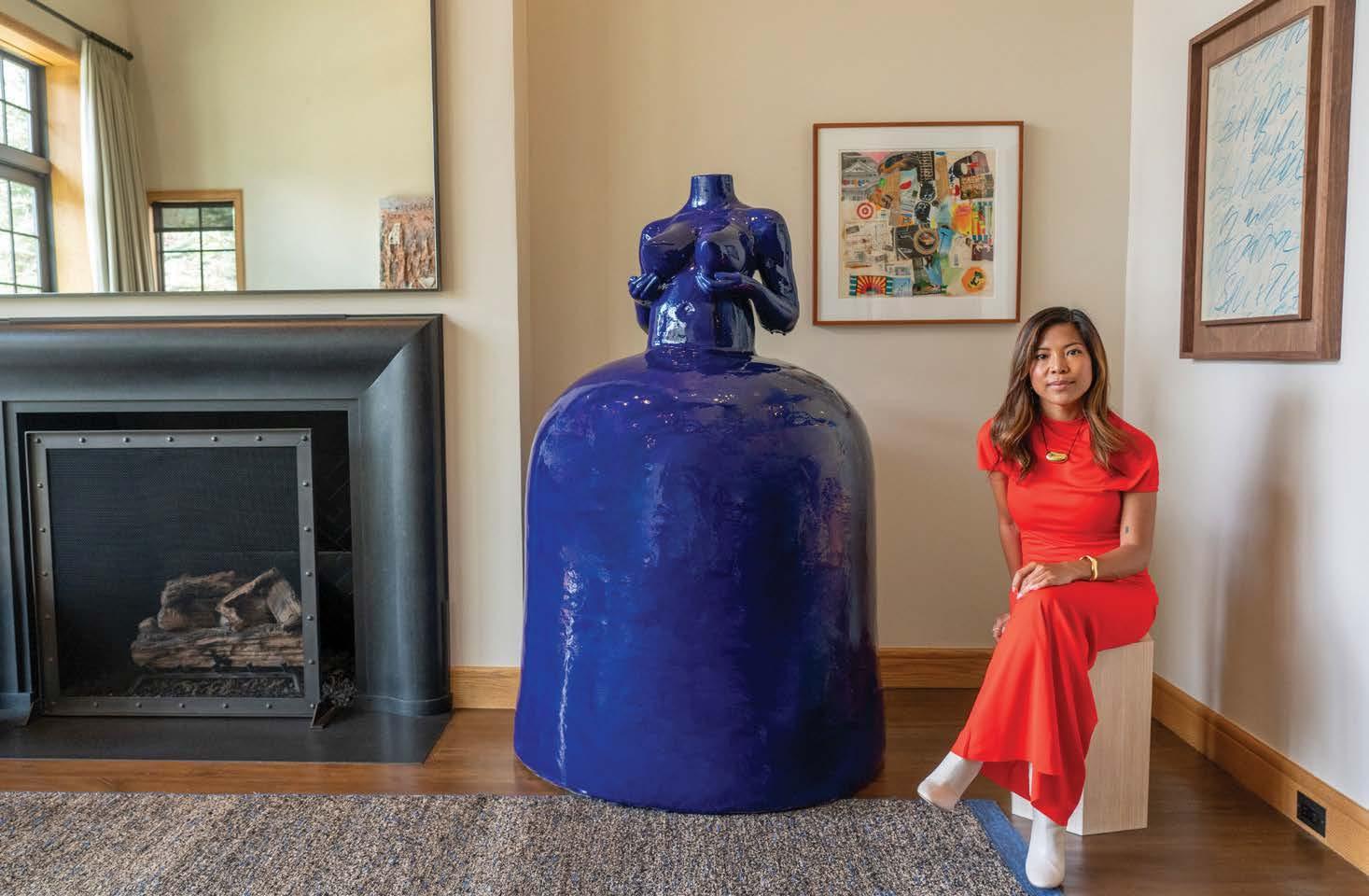
vast sculpture park. It’s still early days, but the duo intends to commission objects that will “live in the massive open space in perpetuity, engaging with the geography over a very long time, hopefully well beyond us,” says Rubio. She has found another way to approach art with a sense of purpose. The youngest member of the Whitney Museum board, Rubio took the step— as one of her first actions following her appointment—of endowing an associate
curator position focused on works by Latinx artists. She also spearheaded the Free Friday Nights initiative, enabling the museum to open its doors each week free of charge. In the year since the initiative’s inception, she says, the average visitor age has dropped. “They’re a more diverse group, too. My goal is to make the institution a vital part of growing up in New York. The barrier to entry is not just the cost—it’s making people feel welcome.”

are a testament to a collecting philosophy that reflects both individual tastes and the passing of time. One of Raj Brown’s favorite works is a Stanley Whitney that hangs in her daughter’s nursery. “I loved the idea of starting her collection early,” she muses. “Even though Whitney’s work has such deep meaning, it felt like something a child could attach to. It’s a piece that will take on different meanings the older she gets.”
Beyond Goop, family life, and collecting, Raj Brown is a devoted philanthropist. She’s a founder of the voter engagement organization I Am a Voter, and a board member of the Hammer Museum. Raj Brown is particularly active with Hammer Projects,

BY SARA ROFFINO
Daniel English loves John Giorno. Not only does the 43-year-old collector make nightly calls to his very own Dial-A-Poem, which rests atop a Jerome Byron plinth, he also has a Giorno idiom tattooed on his left inner bicep (“Space Forgets You”). “I don’t know what he meant by it, but to me the idea is empowering. You can leave a space and it forgets you, so you don’t have to take it too seriously,” English says. “But also—if you don’t do something to make an impact, space will forget you.”
Today, English—who was raised outside of Detroit and is based between New York and Arlington, Virginia—moves through the art world’s insular spaces with ease. But he didn’t discover his love for contemporary art until he read Gerhard Richter’s The Daily Practice of Painting in college—a light bulb moment he remembers well. “I have a journal entry from college where I wrote about how enamored I was with art because it helped broaden my perspective and see the world differently. I found that powerful,” he recalls. It took a few years (during which he worked for several tech start-ups and founded his own investment firm) before art called to him in earnest.
which supports emerging artists. “An incredible collector once explained to me the importance of meeting artists that you grow with,” she recalls. A custom mural by artist Caroline Lizarraga in the family’s dining room underscores these relationships. “Caroline and I are in the same life stage with young kids. I love that as her career grows, I can support her in different ways,” she says. Above all, collecting serves as a continuous source of inspiration. “I believe in the power of surrounding yourself with beauty,” Raj Brown concludes. “In my job, I am constantly pulling inspiration and references from all over. I love living in a space where I get that by walking in the door.”
“As someone who didn’t study art history or grow up in a family that collected art, it was very intimidating,” says English of his early forays into collecting two years ago. But a sharp eye, honed during his years in real estate investing, as well as the guidance of veteran advisor Rick Cappellazzo, have enabled him to amass a collection that includes works by Lynne Mapp Drexler, Karyn Lyons, Wendy Park, Hayley Tompkins, Jane Dickson, Titus McBeath, and Henry Swanson. He is also preparing to serve as a founding member of the Met’s newly minted Vanguard Council, which he says “will provide support for innovative, visionary, and cutting-edge projects” at the museum.
BY LEE CARTER
Gwen Tilghman is descended from one of 19th-century Europe’s most revered artcollecting families. The Rothschild banking dynasty’s vast holdings—which, over the years, have boasted historic works of Renaissance art, priceless jewelry, regal furnishings, and rare manuscripts— may have given rise to the infamous eponymous term le goût Rothschild, but this young American collector isn’t resting on those gilded laurels.
“I’m more of a minimalist,” she muses from her office at Volt Global, the New York–based investment fund she founded last year. Tilghman prefers to keep an uncluttered home that lets the works in her collection do the talking. So far on her collecting journey, Tilghman has scooped up color-dripping, eye-popping works by rising artists Markus Amm, Alejandra Seeber, Patricia Treib, Ryan Wallace, and Zak Kitnick—plus “three Daniel Fuller photographs showing abstracted ocean views and sunsets that almost look like Rothkos.”
Recently, she bought a textured canvas by Marina Rheingantz, donating another piece by the Brazilian artist to the ICA Miami (where her uncle, on the Rothschild side, sits on the Donors Circle). But it’s her first purchase, a painting by Sam Moyer, with its undulating fields of blue,
BY KATIE WHITE
“Art is meant to be shared, not coveted,” says Chelsea Mehra. Recently, the young collector and founder of venture capital firm RUCA Capital has taken that sentiment further than most—in 2023 she established the RUCA Foundation, an arts organization and private museum. Mehra, who grew up just outside of DC, chose historic Georgetown to house the fledgling institution, which showcases works from her expansive contemporary collection and will soon be made accessible to the public. These days, as the foundation’s executive director, she spearheads programming efforts and the collection’s curation.
Strolling through Mehra’s Art Deco apartment overlooking New York’s Central Park, one finds works by Robert Longo, Issy Wood, and Ed Ruscha. An Anna Weyant hangs in the 30-year-old’s dining room. She tells me, offhandedly, that she

that she considers the centerpiece of her collection. “It reminds me of a Loïc Raguénès wave painting,” she says, “with a dash of Cy Twombly.”
If there’s any family influence behind Tilghman’s collecting philosophy, it comes from her mother—also on the Rothschild side—who instilled in her children a reverence for contemporary art. “She was a lifelong collector—contemporary names, versus the classics,” Tilghman says. Her vast collection featured works by George Condo, Jean-Michel Basquiat, and Andy Warhol, as well as “two beautiful Francesco Clemente paintings.” Most of those works went to auction following her mother’s death in 2020, but Tilghman kept a few as cherished mementos, including a Warhol print of General George Custer and an expressionistic flower painting by Donald Baechler.

won it in a bet with friends at the Armory Show. “My focus has always been to support today’s most compelling living artists,” she says. “I prefer to know that my patronage is directly impacting an artist during their lifetime.”
Although her tastes are firmly situated in the present, the collector—who sits on MoMA’s Young Patrons Council and is
Tilghman’s gallery circuit includes White Cube, Sean Kelly Gallery, Clearing, and, in London, Kate MacGarry. She leans on a few well-positioned friends to help her edge out the competition when necessary. Some of those insiders hail from her college days at Yale, where, while her friends were students in the university’s elite art program, Tilghman pursued engineering and economics.
“Those are underrepresented fields for women,” she says. “I remember teaching girls to code and helping them to expand their horizons … Women empowering women, especially in finance—I’m one of the few woman investors who has started a fund—has been a central part of my life.” She pauses to reflect. “It’s something I try to cultivate in my art collection, too. I find myself seeking out art by women that speak to me.”
BY KATIE WHITE
New York collectors Andy Gao and Peter Wei shudder at the mere mention of art storage. “We want to look at everything!” Gao exclaims. The couple recently traded their Tribeca apartment for new digs in Hudson Yards. The neighborhood’s main draw? More wall space. “The third bedroom is our viewing room,” Wei chimes in. In less than five years, the couple has assembled a star-studded collection with works by such sought-after names as Loie Hollowell, Yoshitomo Nara, and Les Lalanne. As agents and owners of Home Ambassadors, a boutique real estate brokerage based in New York, they have stared down their fair share of bare
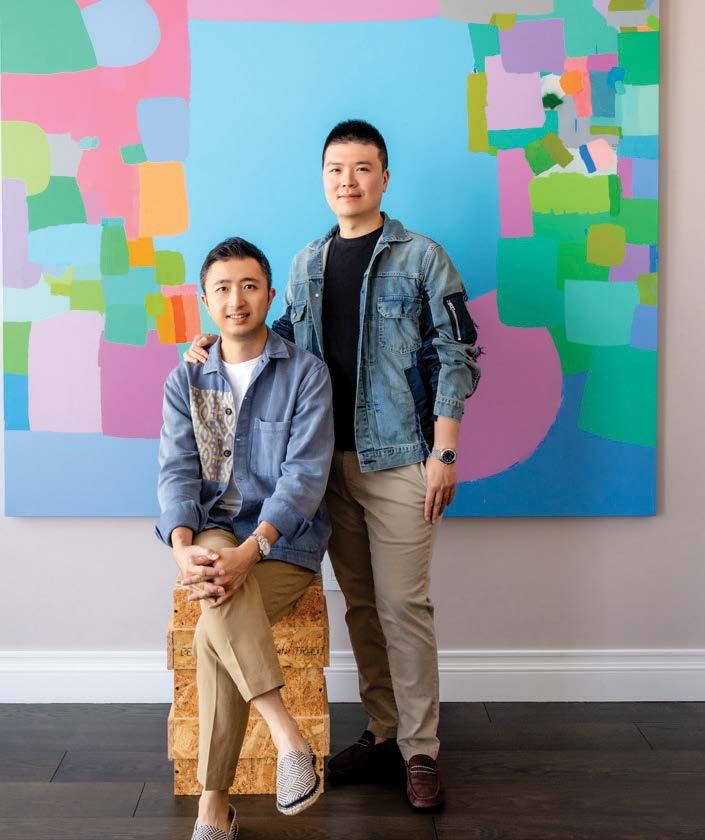
also a patron of the National Gallery of Art, Whitney Museum, and LACMA—took inspiration for the RUCA Foundation from the great art patrons of the past, from the Medicis to the Fricks. “Collecting art is one of the oldest forms of storytelling,” she explains. “I want to build a world-class institutional collection that will exhibit and preserve some of the most important masterworks of our time.”
To date, the collection boasts works by heavyweights like Cecily Brown and Katherine Bernhardt. The latter painting—acquired from the legendary collection of Rosa and Carlos de la Cruz, role models of Mehra’s—is a favorite. But Mehra understands that building a world-class collection can’t be rushed. “It can take months, sometimes years, to truly understand an artist’s practice,” she notes. “I am extremely disciplined about acquiring pieces that fit my vision.”
Mehra hopes that the RUCA Foundation’s impact will extend beyond contemporary art. “I was raised with the idea of sangha, which in Sanskrit refers to a culture held intact by a likeminded community,” she says. “I feel a responsibility, as a steward of many cultural assets, to try and tell the story of humanity.”
walls. “Years ago, a client wanted help decorating her apartment in Tribeca,” Wei recalls. He suggested Costa Rican artist Federico Herrero. The client acquired a work—and so did Gao and Wei. That first purchase led to many more. Recent acquisitions include the work of Sahara Longe, Ellen Antico, Hilda Palafox, Holly Hendry, Mark Yang, and Julia Jo. In a few short years, art has literally reshaped their lives. “We go to so many fairs that we’ve even been mistaken for advisors,” Gao continues.
As their collection grows, the pair’s approach to patronage is expanding as well. Recently, they joined the Brooklyn Museum’s Contemporary Art Committee; a foundation may be on the horizon. But for the time being, their home remains their most influential platform. “Sometimes our real estate clients will see art in our apartment, and then decide they want a work by the same artist,” says Gao. Every acquisition is a conversation. “There is no veto,” Wei notes. “Artists who were previously underrepresented in the art world are a major theme.” With every fair and museum show, the couple gets more confident in their shared eye. “We only want our first-choice works now,” Gao concludes. “We’re already running out of space again.”

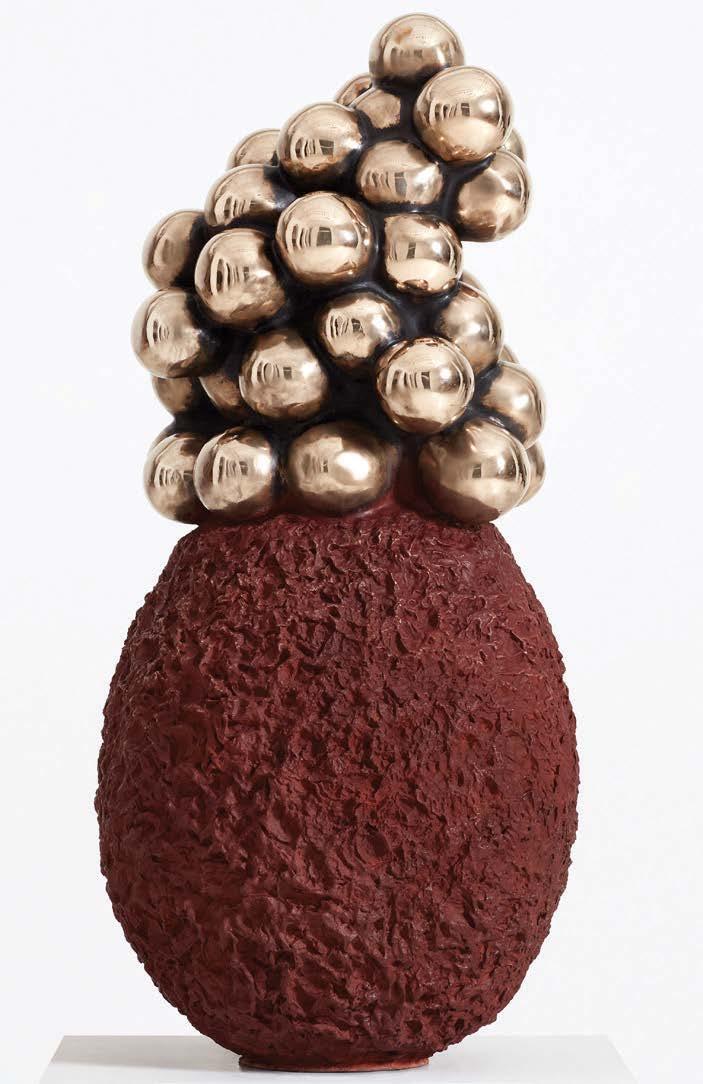


THIS SPRING, SOUTHERN GUILD BECAME THE FIRST SOUTH AFRICAN GALLERY TO OPEN A U.S. OUTPOST. THIS MONTH, THE CAPE TOWN STAPLE WILL VENTURE INTO THE MOUNTAINS TO PARTICIPATE IN THE INAUGURAL ASPEN ART FAIR.
BY PHOEBE ROBERTS
While the warmer months typically promise a moment of repose for many in the art world, there will be no rest for the founders of Southern Guild. Established by husband-and-wife team Trevyn and Julian McGowan in 2008, the Cape Town gallery’s program, composed primarily of African contemporary art and design, is dedicated to bringing artists from Africa and its diaspora into Western art contexts. This summer, the gallery will decamp to Aspen, where it will have a booth at the inaugural Aspen Art Fair.
“Since opening our gallery in Los Angeles earlier this year, Aspen has come up again and again as a gathering point for many
of our longtime and newer clients, artist friends, and fellow gallerists,” Trevyn says of the event, which will be held at the historic Hotel Jerome from July 29 through August 2.
Still, there is a deeper impetus behind the move to show at a fledgling fair. Aspen itself, with its abundance of trees and mountains, offers a new and illuminating context for the artists the McGowans have introduced to the American market: “There’s something powerful about the point of difference we bring. It’s deeply meaningful to show work from Africa here, to give a voice to historically marginalized people who have grappled with some of
the most pressing issues of our time— environmental degradation, preservation of Indigenous heritage, human migration.”
The presenting artists will include South African artists Zanele Muholi, who will show a trio of photographs from their black-and-white series “Somnyama Ngonyama (Hail the Dark Lioness),” and Manyaku Mashilo, whose arched painting How About a New Way to Pray depicts a pair of figures whose expansive forms spring forth from an abstracted landscape.
Among the highlights of the gallery’s offerings are a totemic bronze sculpture by the South African Zizipho Poswa, an abstract painting by Iranian–South African artist Kamyar Bineshtarigh, and a series of chairs in timber and dyed leather by Malian designer Cheick Diallo. The new fair’s relaxed spirit promises to be a fitting environment for such a display.
“This focus on bringing the art community together in more intimate settings also suits us very well because we tend to present our work in a more experiential,
“WE’RE JUST FOLLOWING THE NATURAL CONNECTIONS WE MAKE IN OUR OUTREACH FROM THE GALLERY SETTING, AND SEEING WHERE THEY TAKE US.”
— TREVYN MCGOWAN
immersive way,” Trevyn notes. “We’re just following the natural connections we make in our outreach from the gallery setting, and building on the opportunities for genuine exchange.”
ON VIEW JULY 30 - AUGUST 3 at INTERSECT ASPEN
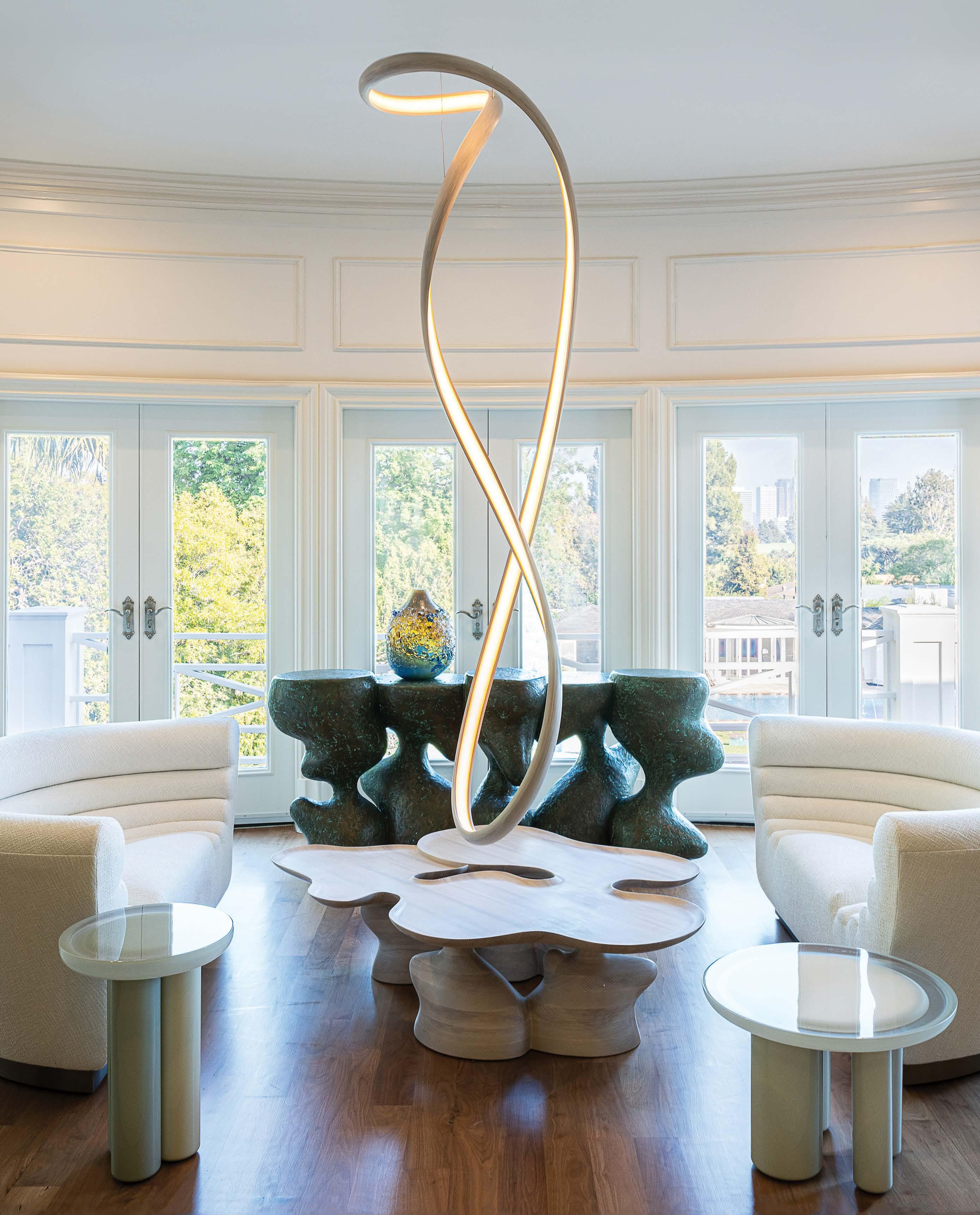

WHEN JEWELRY DESIGNER SAVANNAH FRIEDKIN FOUNDED HER EPONYMOUS BRAND THIS SPRING, SHE SET HER SIGHTS ON A SINGULAR GOAL: MAKING PIECES THAT LEAVE AN ENDURING IMPACT ON THEIR WEARER WITHOUT HARMING THE ENVIRONMENT. THIS SUMMER, SHE’S TAKING HER LATEST COLLECTION ON A NATIONAL TOUR.
BY ALYSON KRUEGER PHOTOGRAPHY BY JESSE GLAZZARD

SAVANNAH FRIEDKIN HAS LONG felt a calling to design fine jewelry. “It’s a form of self-expression,” she muses. “I’ve never owned—or seen—a piece of jewelry that honors all of the unique facets of what makes me beautiful: the broken pieces, the twists and turns in my life.”
But as someone who grew up committed to conservation—her father, Dan Friedkin, is the chairman and CEO of Friedkin Group, which owns Auberge Resorts Collection and champions conservation efforts in both Texas and Tanzania—she struggled to find a fine jewelry company that reflected her values. “It was clear to me when I was looking for my path in fine jewelry that there were very few brands, if any, that were focused on sustainability,” she says. “When a brand did claim to be focused on sustainability, their claims weren’t very transparent—or, on occasion, even consisted of misinformation.”
So, in the spring of 2024, she launched her own namesake brand for people who love the planet. Friedkin follows strict guidelines. For one thing, she only uses earthfriendly materials, including recycled gold and carbon-neutral, lab-grown diamonds. “Our diamonds are 100 percent traceable,” she explains. “I have personally seen where they are grown, cut, and set.” Each supplier and manufacturer the brand employs undergoes an independent audit to ensure they comply with green standards.
But the pieces can’t simply be beautiful. They must serve as vessels for deep personal meaning. Broken, the first collection Friedkin designed, is reflective of “the resilience inherent in women. I believe the broken within all of us can be beautiful—and should be celebrated,” she adds. The pieces feature a crack motif, a message to the wearer that “the negative space in each of us, the things left unseen, are often some of the most beautiful and interesting elements.”
Next came Emergence, a collection inspired by wild plants that grow in the cracks of buildings or sidewalks. It’s an image that the designer finds powerful: “It reminds me of when you’re going through a difficult time, in a situation you never thought you would be in. You take one step forward day by day, finding your path over time and eventually learning to flourish.”
SAV, the third collection, taps into a brighter facet of the human experience. Put plainly, it’s about “the simple and fun,” notes the designer. Friedkin hopes that the more people interact with her work—she currently has a pop-up shop traveling the United States that is making stops at Hotel Jerome in Aspen; the Mayflower Inn and Spa in Litchfield County, Connecticut; the Barn, SoulCycle’s base in Bridgehampton; and Bowie House in Fort Worth, Texas—the more she can inspire people to share her approach to sustainable (and meaningful) jewelry-making standards.
“I believe the industry is in the process of a major shift,” asserts Friedkin. In the end, she reasons, what matters most is that that one’s treasured jewelry “has zero impact on the environment and only positive impacts on human beings.”
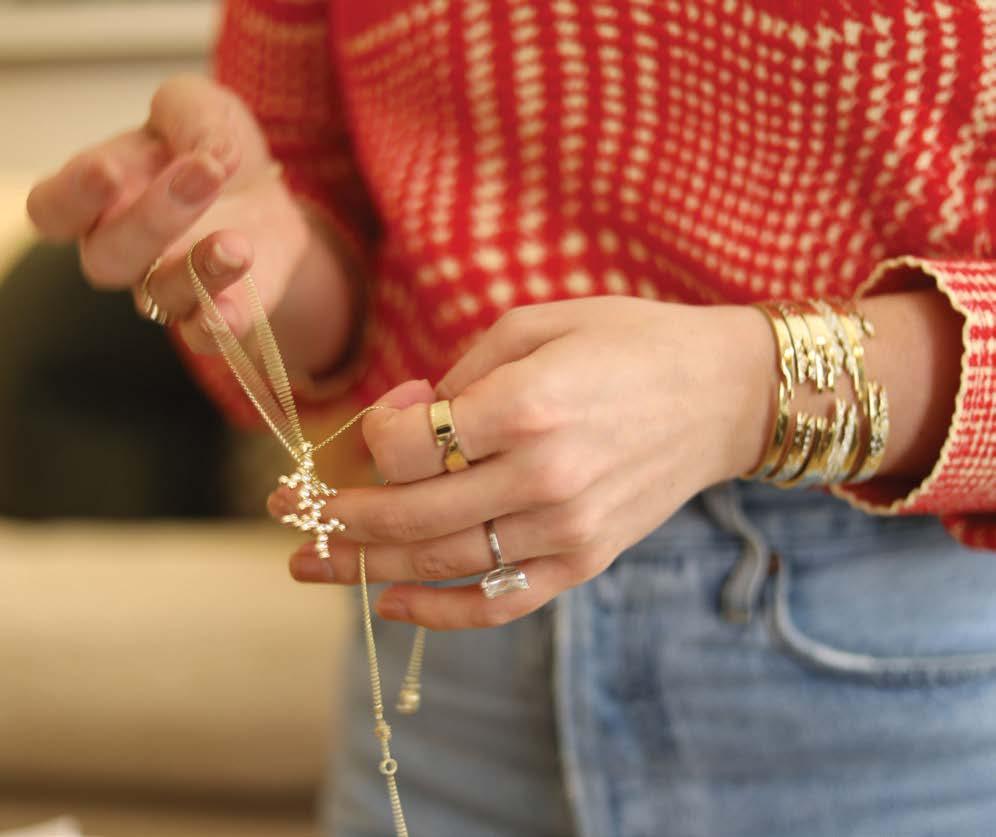
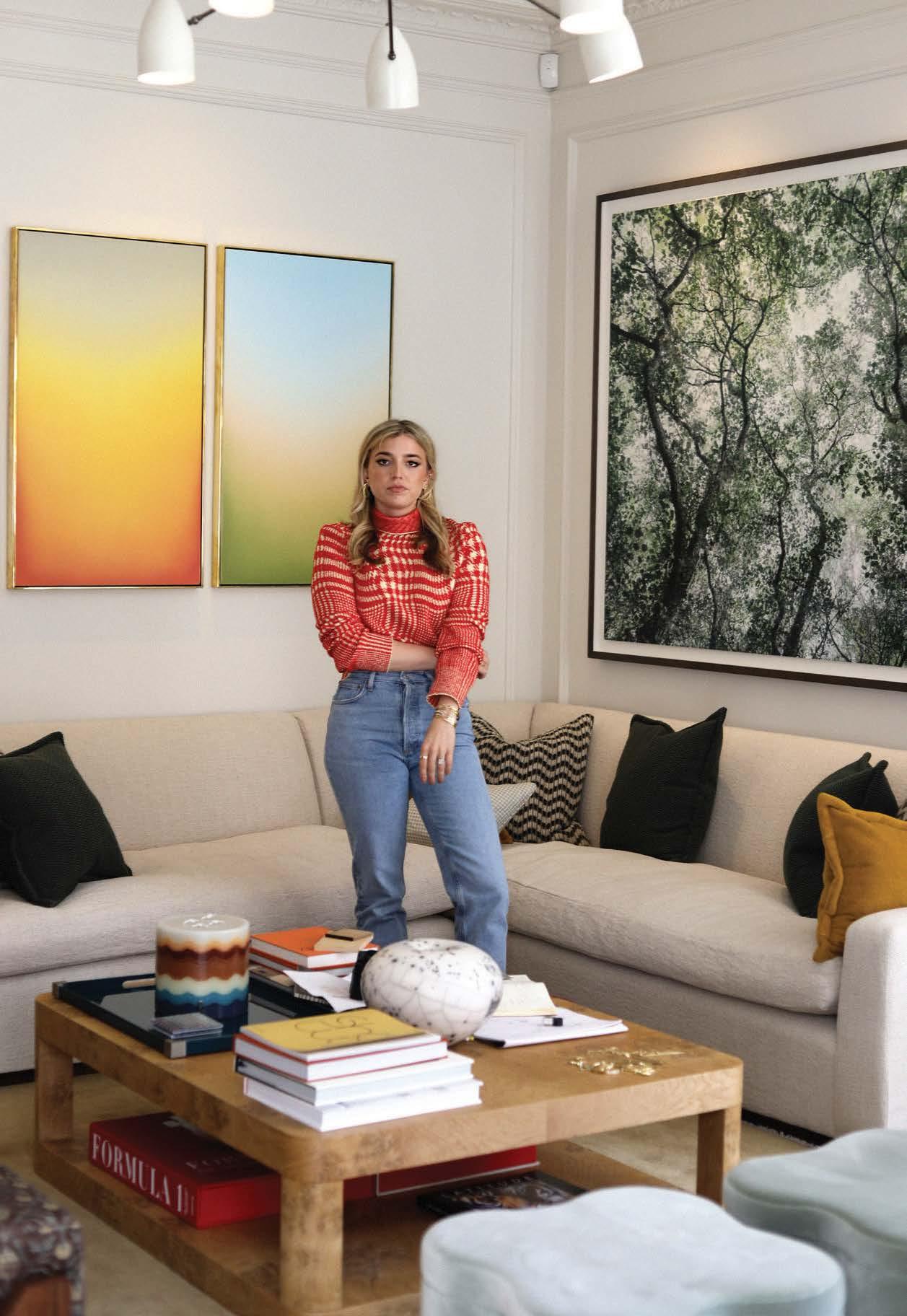
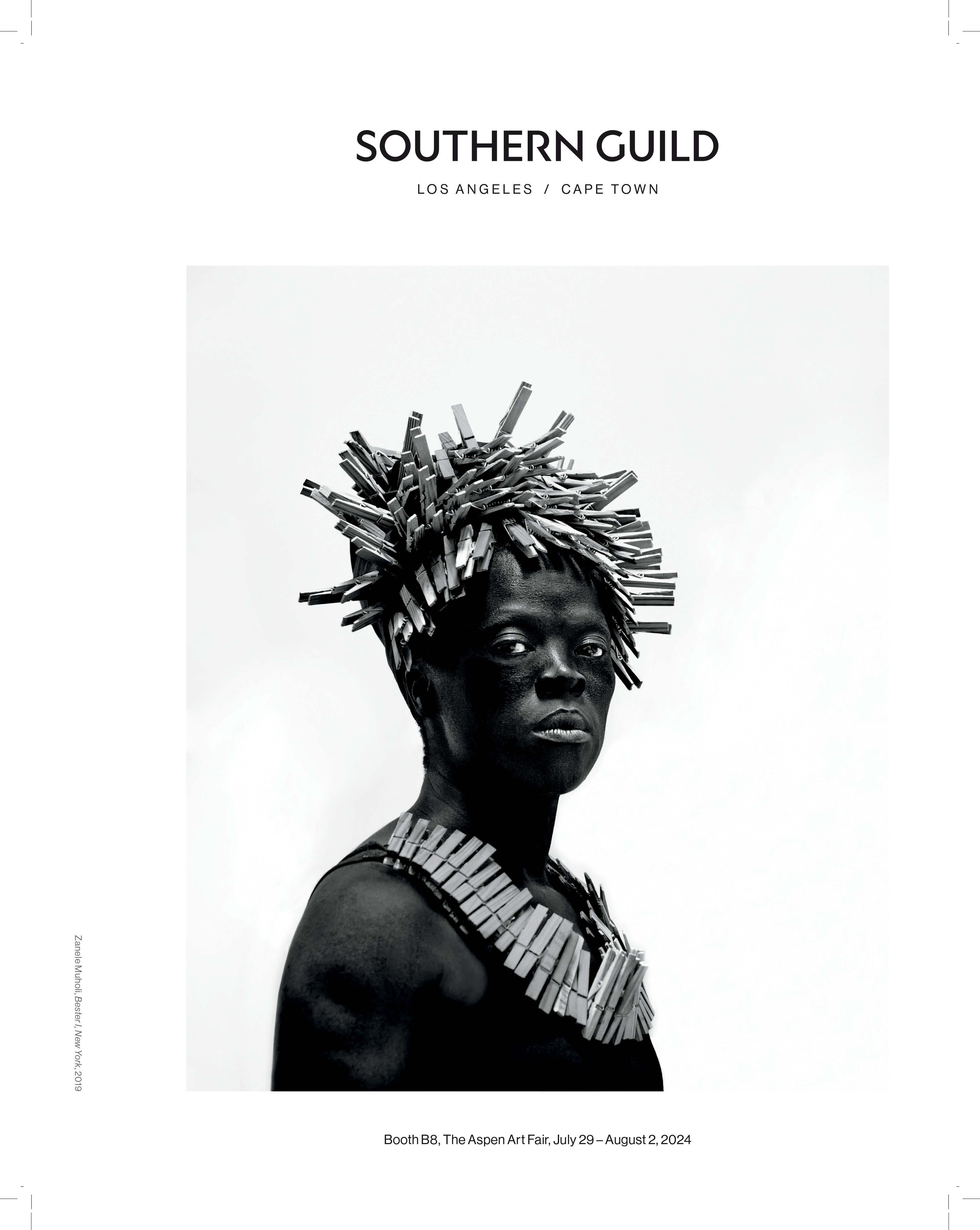
PIA MARIA RAEDER LIKENS
the feeling of an artwork coalescing to hearing the best part of a song. “You work on a figure—you shape something, carve something—then it clicks, and you just know.”
This intuition guides the sculptor’s practice, which has in recent years found a global audience. Her “Sea Anemone” series glosses everyday objects with an animated vitality, her lamps and tables— made of countless beechwood rods— evoking the undulating aquatic creatures. Nature has long been the source of the Munich-based artist’s creativity. “I had a really close friendship with a tree when I was a kid,” she says. Spending time both in Munich and at Lake Starnberg just outside the city, the artist continues to turn to the landscape as inspiration for her creations.
“I HOPE THAT AT ONE POINT PEOPLE WILL SAY, ‘HER WORK MADE ME THINK A LITTLE BIT ABOUT NATURE, AND IT’S WORTH TREATING IT MORE NICELY THAN WE DO.’”
— PIA MARIA RAEDER
Yet through Raeder’s lens, nature transforms: Despite being made of wood, her “Sea Anemones” appear soft, the many hand-crafted filaments that make up the structure playing with light as the day wanes. Her 2022 “Stardust” fixtures—inspired by the night sky at Lake Starnberg—are benches and barstools fastened in bronze, the metal’s hue deepening in the dark. This shifting, living quality is the artist’s intention: Raeder’s creations are never static, but meant to mutate. “When you look at one side, the
BY JAYNE O’DWYER

sculptures have one face—I call them faces. [On the other,] a very different face again.”
The artist’s work recently garnered the attention of gallerist Todd Merrill. “Pia’s ability to marry pure aesthetic sculpture with functional objects, all while exploring a diverse range of material applications, showcases an independent artistic vision that resonates deeply with our ethos,” observes Merrill. Raeder joins the gallery’s roster at an exciting time: Todd Merrill will be one of a handful of contemporary
design studios to show at Intersect Aspen Art and Design Fair at the end of July, making this the first year that design is formally included in the fair’s program. Raeder, for one, appreciates the inclusion: “Intersect is much more welcoming, embracing art and design without putting them into categories,” she observes.
While she has never exhibited work in Aspen before, Raeder recalls a wintertime trip to the mountain town fondly and looks forward to returning. In the meantime, the artist has already begun work on a few

new projects with Todd Merrill, including a series of large outdoor sculptures of coral reefs inspired by their beauty and human-imposed decay. As always, Raeder is creating with intention. “I hope that at one point people will say, ‘Her work made me think a little bit about nature, and it’s worth treating it more nicely than we do.’”


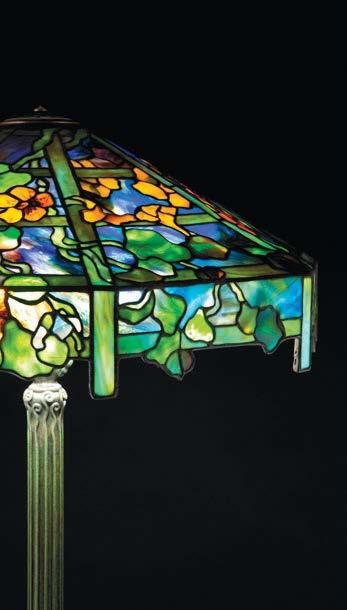
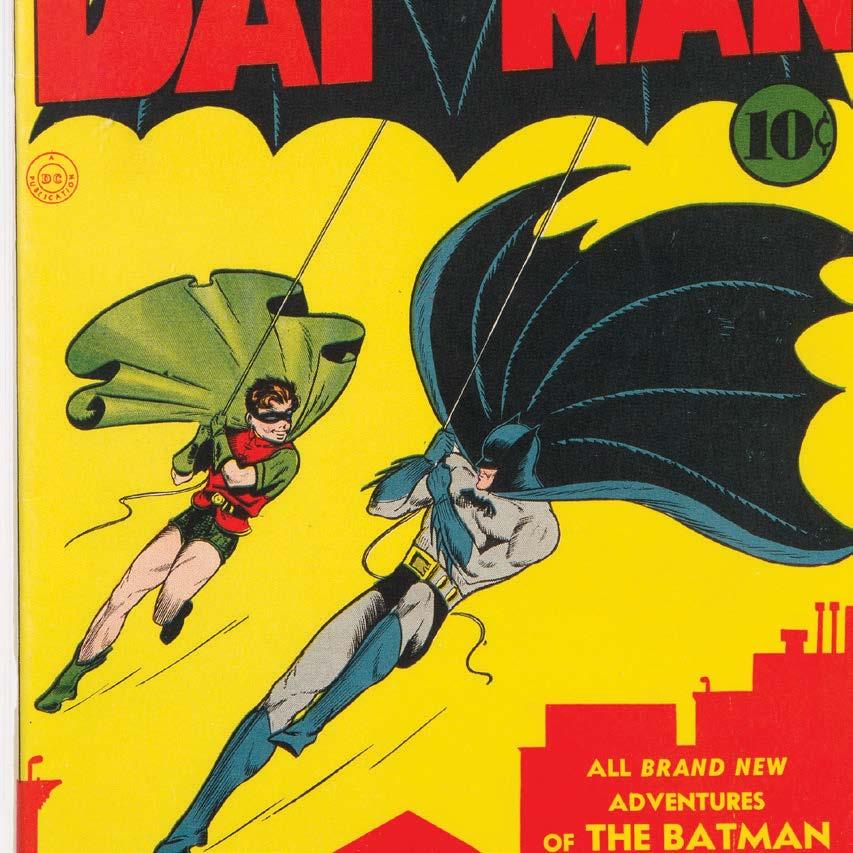





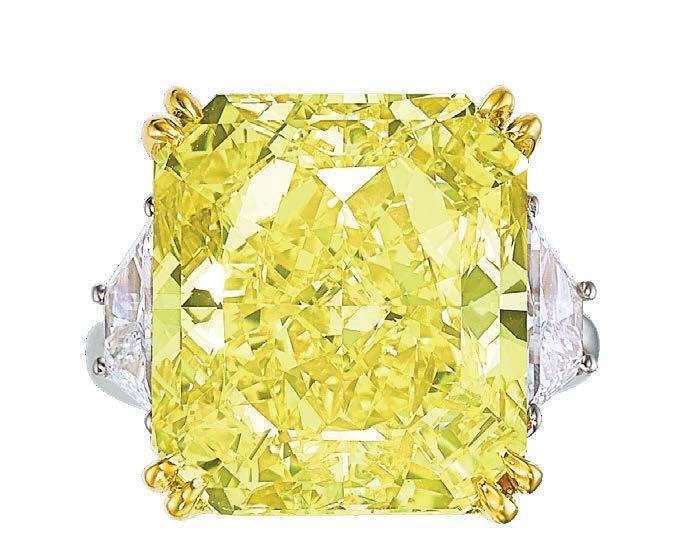
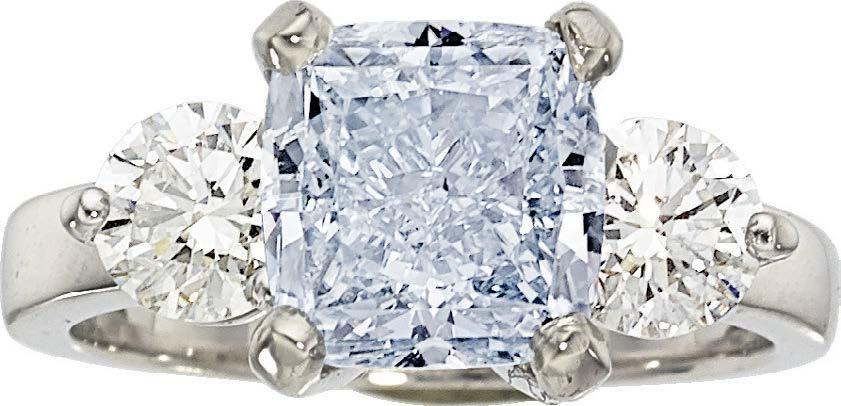
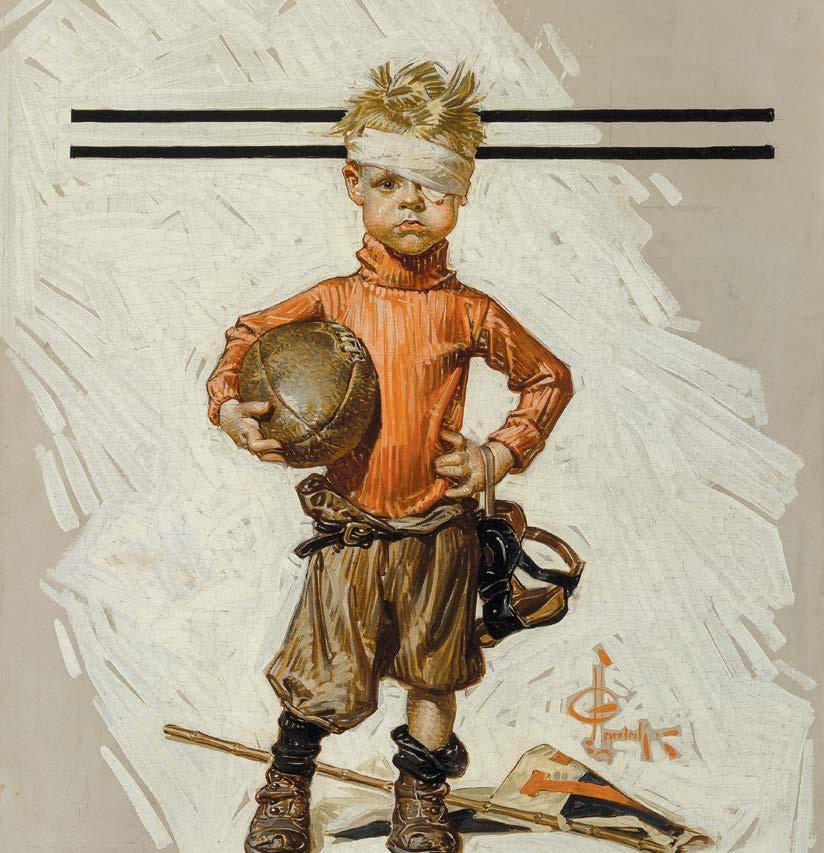


THIS YEAR, THE ASPEN ART MUSEUM WILL CELEBRATE 45 YEARS WITH ITS MOST UNFORGETTABLE ARTCRUSH YET—FEATURING AN UNPARALLELED ROSTER OF SUPPORTERS AND FUTURE-FACING COMMITMENTS TO CHAMPIONING ARTISTS.
BY JAYNE O’DYWER
BETWEEN ITS RAUCOUS welcome party and plethora of talks, Aspen ArtWeek is an art lover’s paradise at high altitude. The crown jewel of the festivities—and a true end-of-week romp— is ArtCrush, which will take place on August 2. This year, the affair promises to be the institution’s biggest and most enticing yet.
Marking the 45th anniversary of the Aspen Art Museum, ArtCrush 2024 is also celebrating the 10th anniversary of its striking facade by Japanese architect Shigeru Ban, his first permanent museum in the U.S. The occasion calls for many an illustrious co-chair: Patrons Sarah Arison and Thomas Wilhelm, as well as Away Founder and CEO Jen Rubio and her husband, Stewart Butterfield, the co-founder and former CEO of Slack, are helming the event. Charlie Pohlad, a President’s Advisory Committee on the Arts member, his husband Jack Carter, and patrons Eleanore and Domenico De Sole round out the committee. Bottega Veneta is supporting the evening, accompanied by J.P. Morgan Private Bank and Compass Real Estate.
As the event has burgeoned since 2005, ArtCrush has made it a point to continue deepening its commitment to artists. This year’s festivities boast, for the first time, three honorees: Painter Jacqueline Humphries, jazz composer and visual artist Jason Moran, and Ban, the museum building’s aforementioned architect, will all receive the Aspen Award for Art. Their practices could not be more
different. Humphries’s large, abstract compositions were featured in the 59th Venice Biennale in 2022. Moran’s hybrid practice as both jazz musician and multimedia artist has allowed him to chart a singular path. Ban, beyond his contribution to AAM, has made a career out of creating temporary structures out of unusual materials, highlighting ephemerality while also leaving an indelible mark on his discipline. If that weren’t enough to garner excitement, the night itself promises to bring the fun to another level. Held at the Buttermilk Ski Resort at the base of the mountain, the gala will feature a live auction with Christie’s, AAM’s recently announced auction partner. It’s a sale not to be missed, with all works included being donated either by the artists themselves or their galleries. Recent Art Basel exhibitor Jonathan Lyndon Chase has put A Couple at the Jewelers, 2024, up for auction, while Mendes Wood DM contributed a painting by Paulo Monteiro. Colombian artist Delcy Morelos offers her textile work The Double Negation (La doble négocion), 2008, and Polish visual artist Alicja Kwade has generously donated her mobile Rocking, 2022. Brazilian artist Marina Perez Simão has contributed one of her recent vibrant paintings. The museum will also offer artists the opportunity to retain a percentage of their work—a future-facing demonstration of the institution’s dedication to creativity, and those who dedicate their lives to it.
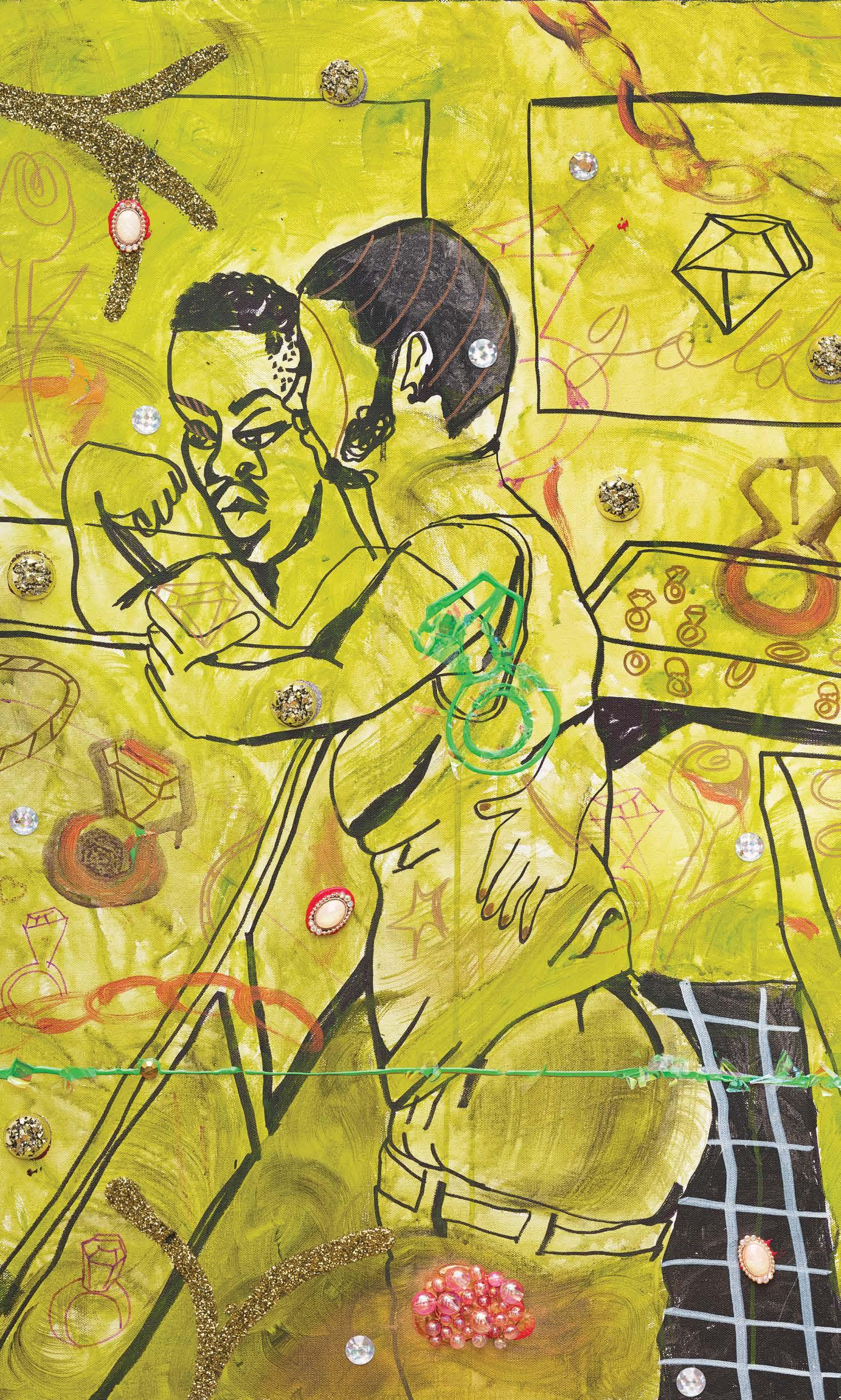

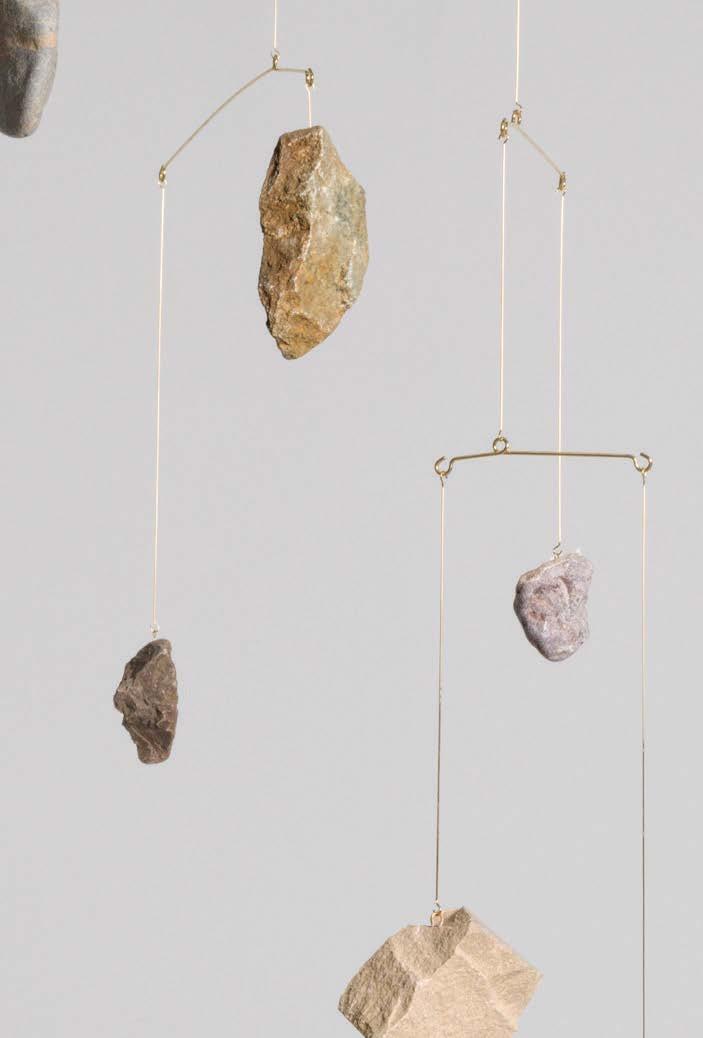
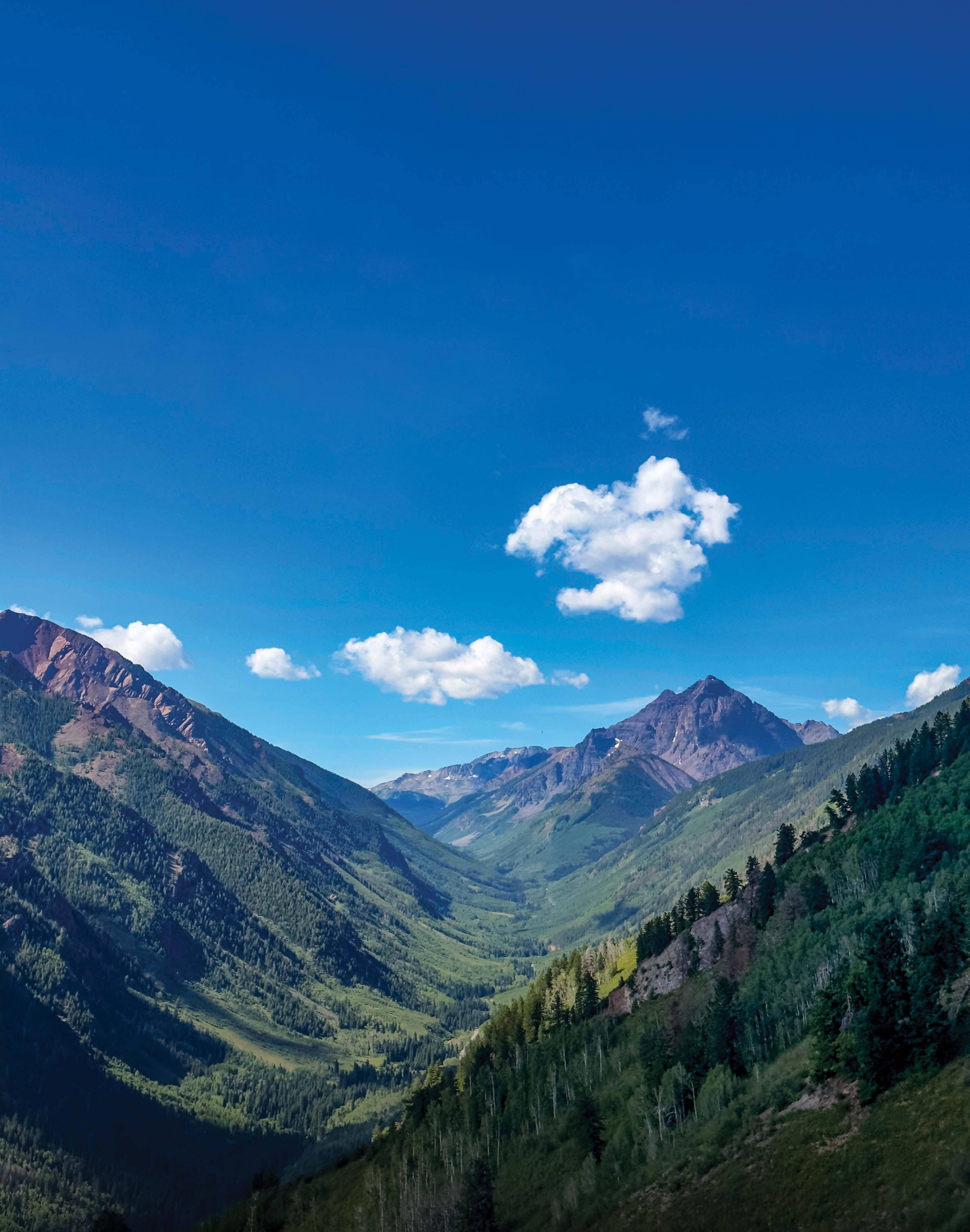
A skiing paradise, a hiking town, and a cultural hub, Aspen is a destination that calls for distinct dressing directions. Whether trekking up the mountain, surveying the stables, or glamping under the stars, the right attire makes all the difference. Below, CULTURED checks off the must-have items for your next adventure.
A
AVAILABLE AT SELECT HERMÈS STORES



The French house goes back to its equestrian roots with this wool throw. Designed by Mexican artist Miguel Castro Leñero, the silhouette of the geometric horse comes to life through a rare lancé-découpé technique, the delicate jacquard weaving oh-so soft and sophisticated. A pop of the signature Hermès orange is another luxurious touch.
HUNTER
Ralph Lauren Straton Double-Tier Chandelier
Embrace the hunting lodge lifestyle, sans hunt, with this striking light fixture.
AVAILABLE AT RALPHLAUREN.COM

Bottega Veneta Fall/Winter 2024
Matthieu Blazy’s collection is an ode to the tastemaker on the move: Stunning fringed leather dresses and colorful separates in a warm palette are effortlessly cool. Whether headed to conferences or concerts, galas or get-togethers, this collection will have the outfit (and the earrings to match).
AVAILABLE AT BOTTEGAVENETA.COM
Lucchese Boots
A little bit of Texas looks great at high altitude with these leather boots. With over a century of expertise and craftsmanship, Lucchese makes the perfect Western footwear for any occasion—from two-step to horseback.
AVAILABLE AT LUCCHESE.COM
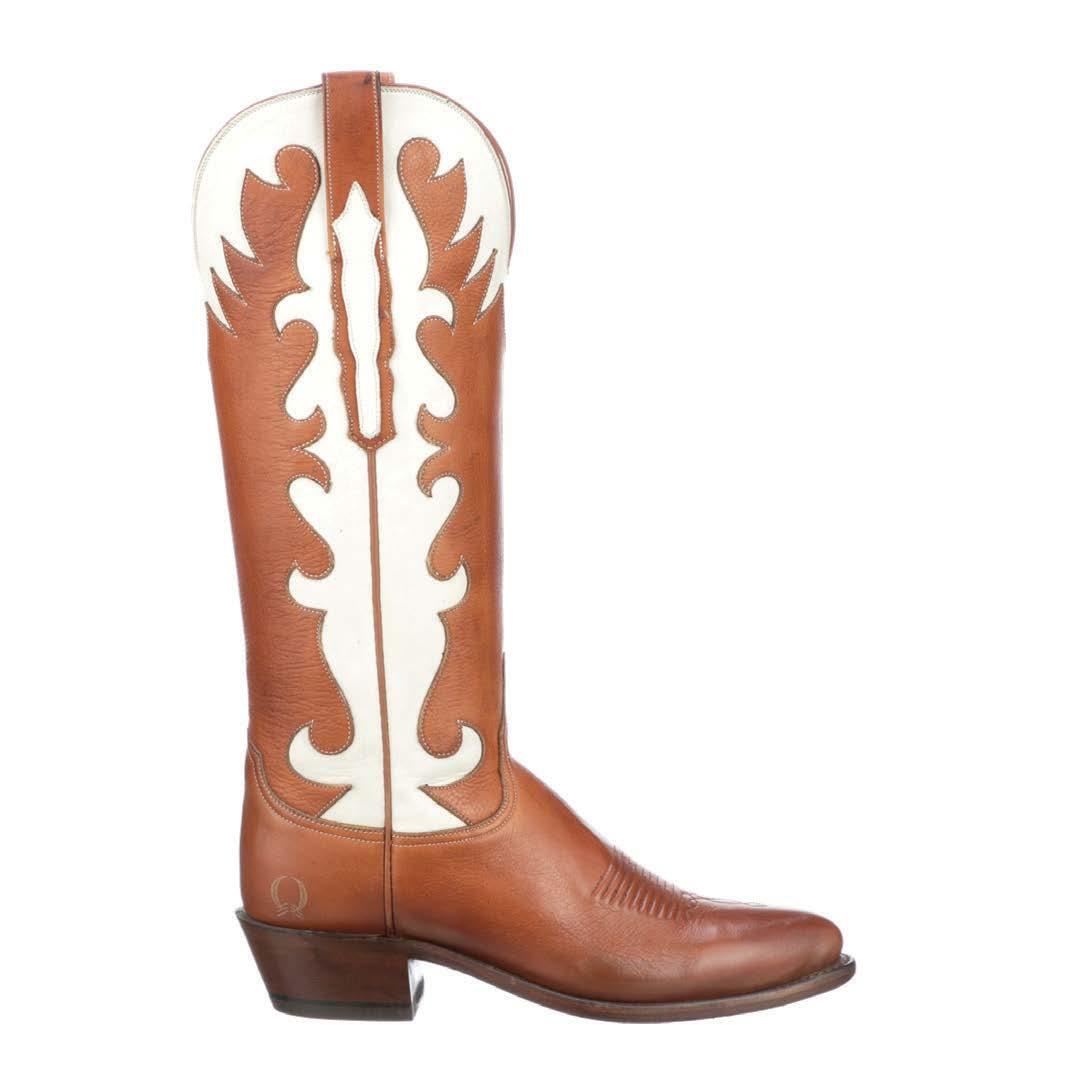

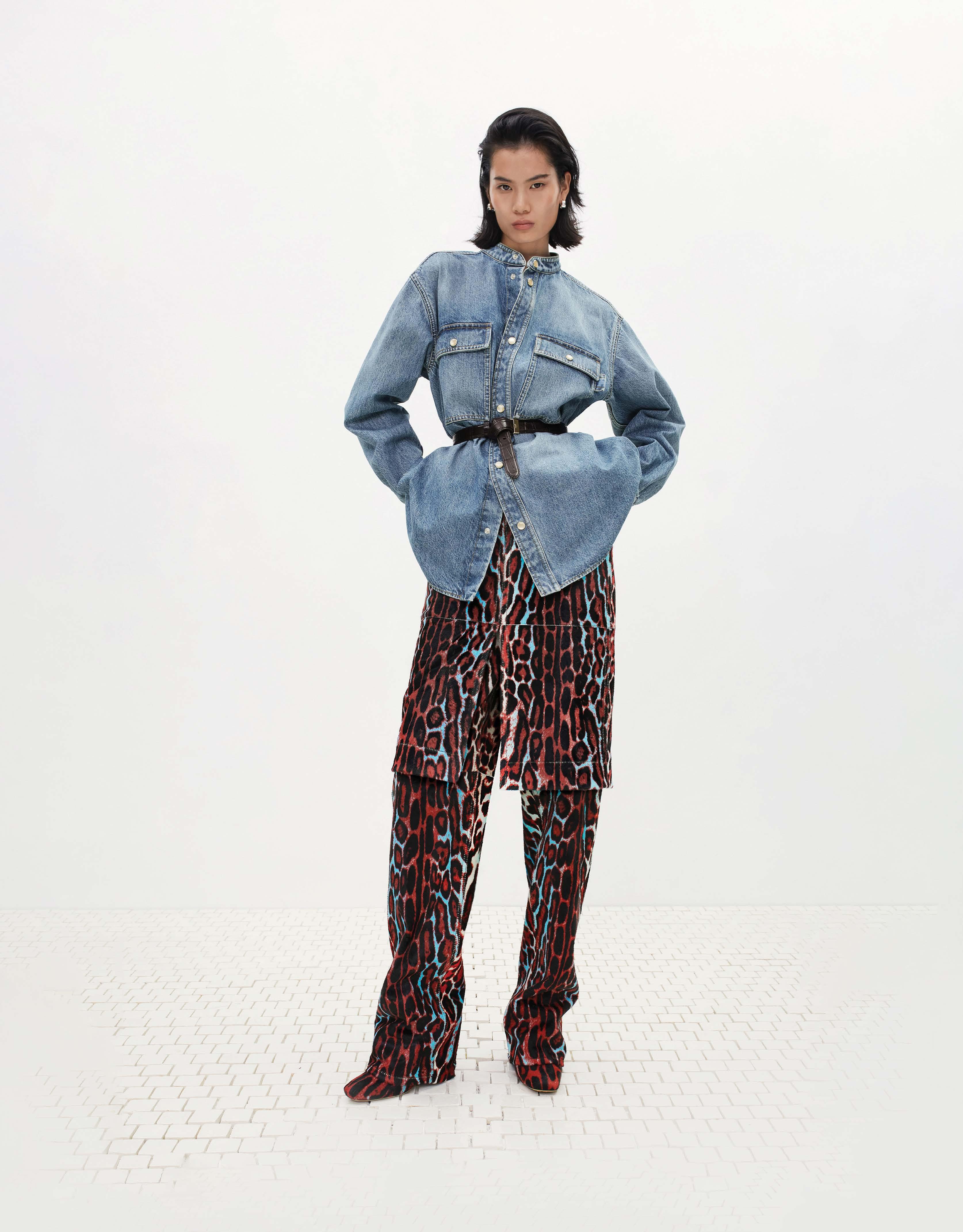

The Elder Statesman Sweaters
Saturated, funky sweaters are right at home in Aspen, and the Los Angeles–based knitwear brand knows it. Cabin chic has never looked this bright or laid-back.
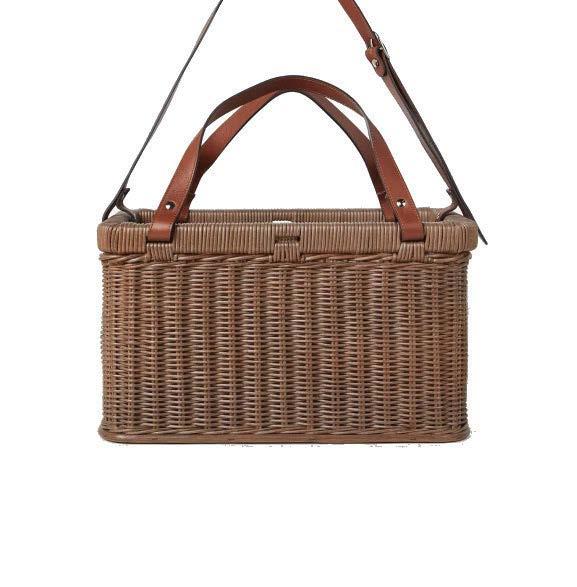
The Brunello Cucinelli Picnic Basket
For

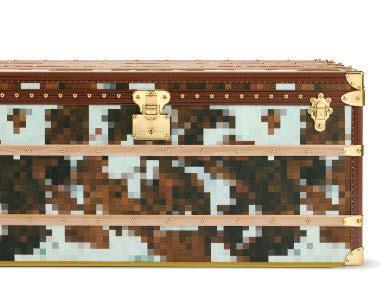
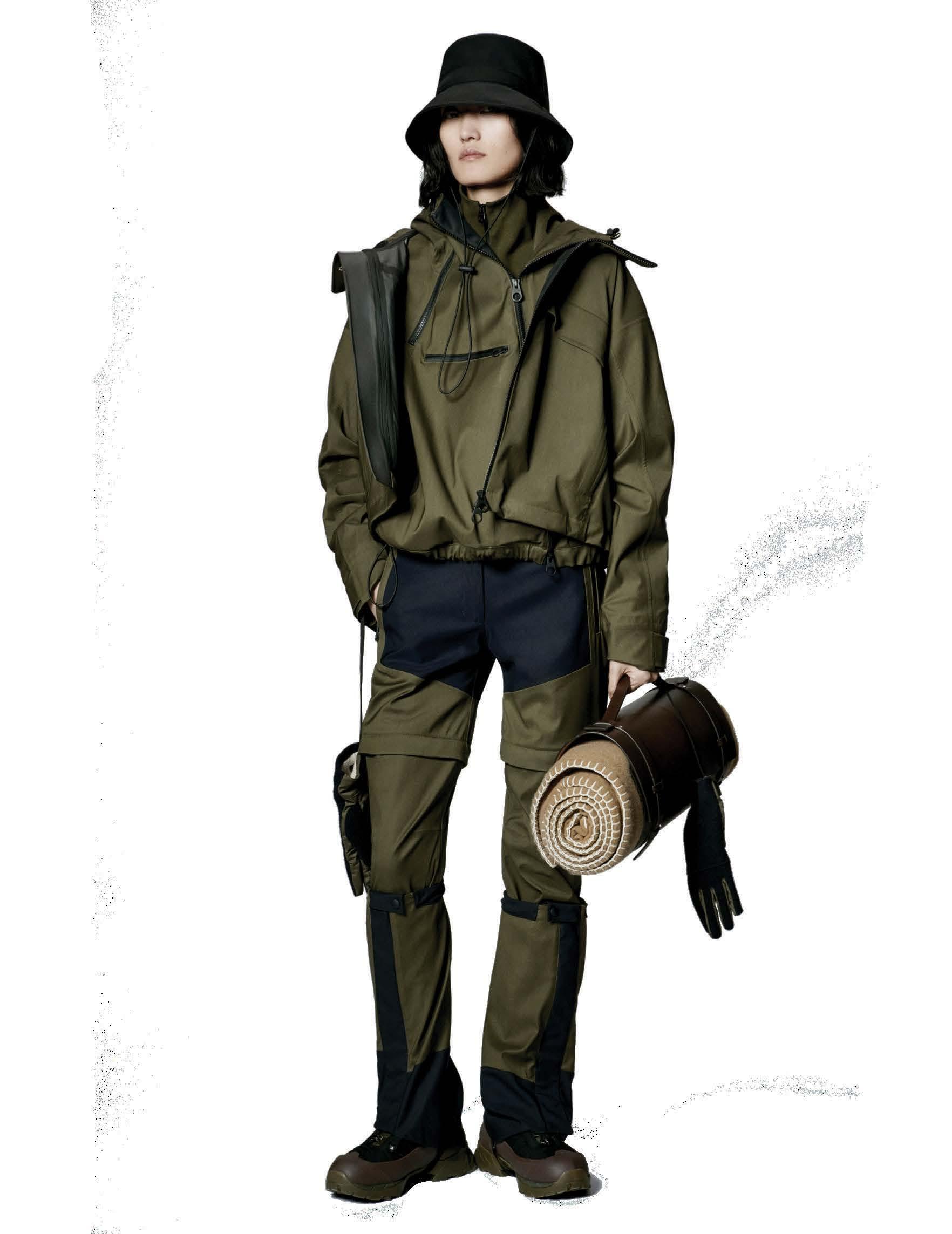
Loro Piana’s “Into the Wild” Collection
Granola gets the elevated edit with the quiet luxury juggernaut’s latest collection. Featuring everything from rain capes and pants to oversized hats and gloves, Loro Piana takes a holistic approach to adventure. Technical fabrics and function-forward design are the name of the game, and numerous layers add styling know-how and temperature control. It’s the great AVAILABLE

“OF ALL THE LOCATIONS OF ART FAIRS, ASPEN INCLUDES SOME OF THE MOST SOPHISTICATED AND KNOWLEDGEABLE COLLECTORS IN THE WORLD.”
— TIM VON GAL
THIS YEAR, DESIGN IS SHAKING UP THE MOUNTAIN TOWN’S VETERAN ART FAIR.
BY LYDIA LEE
ASPEN’S ANNUAL Intersect fair is debuting a new name and bulked-up exhibitor list this summer—a reflection of the Colorado hub’s growing fervor for design. The newly christened Intersect Aspen Art and Design Fair (now with an expanded focus that includes design) will welcome first-timers Todd Merrill Studio, Fernando Mastrangelo Studio, and BDDW, all established purveyors of collectible design from New York. They are among the 26 exhibitors joining the Aspen Ice Garden event, which runs from July 30 through August 3.
Those eager to engage with the work of local artists should head straight to the booth of Aspen Collective, the new downtown gallery founded by curator, community leader, and artist D.J.

Watkins. Interested in art that captures Aspen’s striking landscape? Meghann Riepenhoff, represented by Jackson Fine Art, will present camera-less photography taken in Aspen and the surrounding Roaring Fork Valley area. Zaria Forman, another artist inspired by the natural world, will present pastels that magnify the complexities of polar ice at Winston Wächter Fine Art.
Now in its 14th year, the fair’s growth mirrors that of Aspen’s creative landscape, which numbers artists, gallerists, and patrons alike. “Of all the locations of art fairs, Aspen includes some of the most sophisticated and knowledgeable collectors in the world,” says Intersect Art and Design CEO Tim von Gal.

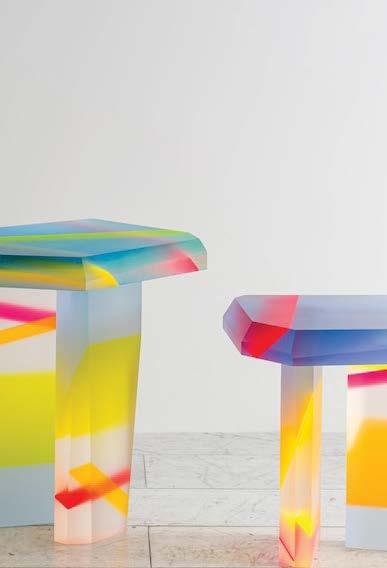


THE INAUGURAL EDITION OF THE ASPEN ART FAIR IS AIMING FOR A CITYWIDE TAKEOVER.
BY SOFÍA TRUJILLO
ASPEN’S ANNUAL ART WEEK
has a newcomer: the inaugural Aspen Art Fair. The boutique event will take over the renowned Hotel Jerome from July 29 to August 2.
The fair is the brainchild of art-world veterans Becca Hoffman, who previously oversaw Intersect Aspen, and Bob Chase, the founder of local gallery Hexton. More than 30 international galleries, including Perrotin, Southern Guild, and Patron, will display their wares at the Jerome’s stylish, newly Michelin Key–awarded spaces.
The fair aims to think outside the traditional booth setup with programming that includes exclusive home tours, artist residencies, outdoor excursions, and partnerships with the Anderson Ranch Arts Center and the Aspen Music Festival and School, among others. Organizers are also eschewing short-term engagement by establishing a year-round presence. From commissioning public murals by Aspenbased artists to hosting film screenings at local theaters, the fair positions itself as a cultural anchor for Aspen’s full-time residents, ensuring that they remain stakeholders in their town’s artistic future.
“It’s time for something new,” says Hoffman, “something more bespoke and tailor-made for the local and regional community with a voice and footprint in the broader global arts and culture landscape.”
“IT’S TIME FOR SOMETHING NEW, SOMETHING MORE BESPOKE AND TAILORMADE FOR THE LOCAL AND REGIONAL COMMUNITY.”
— BECCA HOFFMAN
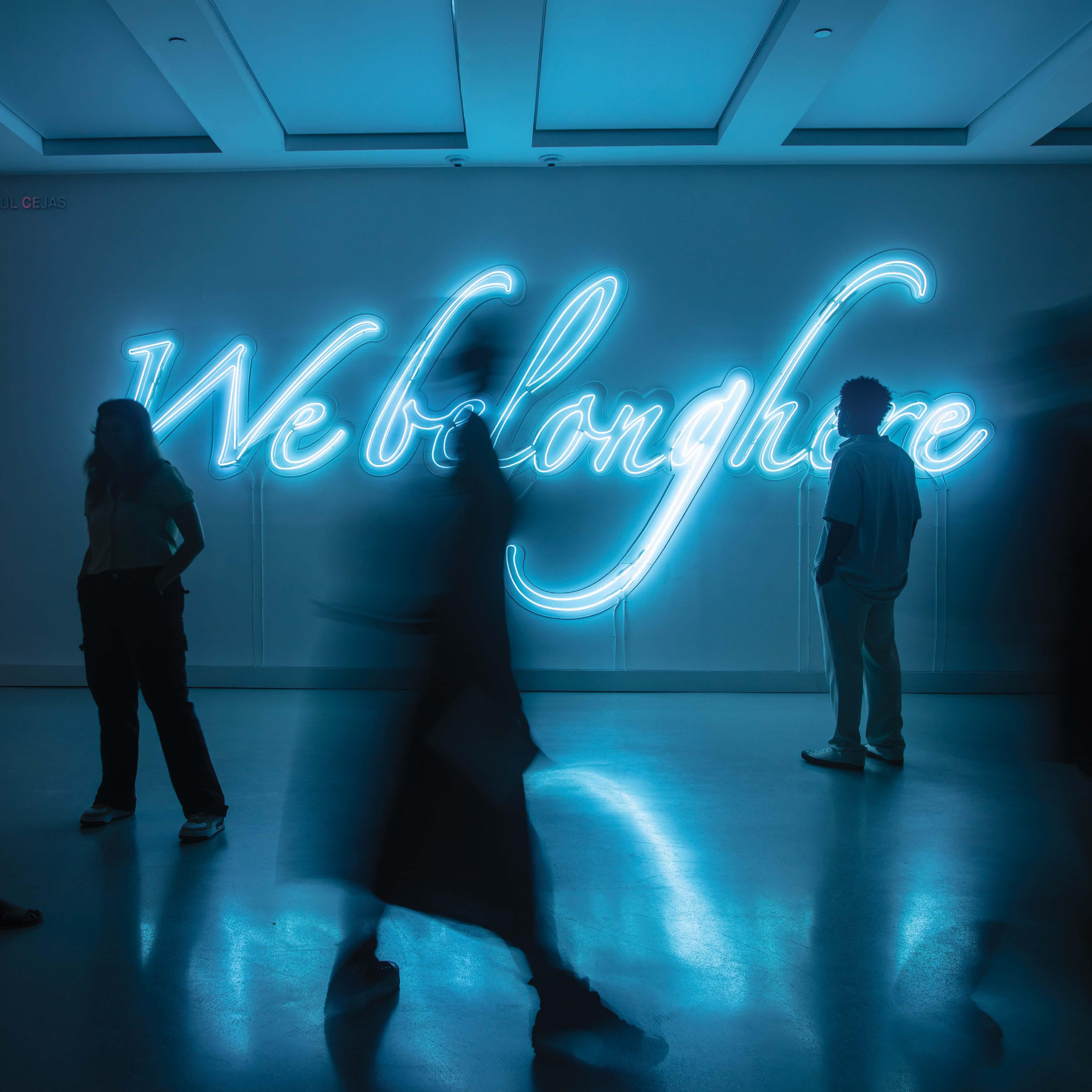

KNOWN FOR HER CACOPHONOUS INSTALLATION WORKS, ARTIST E.V. DAY IS TAKING ON A NEW CHALLENGE WITH HER UPCOMING PRESENTATION AT ASPEN’S BALDWIN GALLERY: CONFINING HERSELF TO TWO DIMENSIONS.
BY KAREN CHERNICK
E.V. DAY ARRIVED on the art scene like a wrecking ball in the late 1990s, leaving suspended sculptural explosions in her wake. The New York–based artist first garnered attention with the aptly named “Exploding Couture,” 1999–2002, a series of installations featuring tattered women’s garments suspended in the air with monofilament. In the decades since, she’s used thongs, bridal gowns, opera costumes, and fishnet stockings to continue excavating themes of femininity and power.
This month, the dust will settle somewhat in the artist’s eruptive practice. Day will present a series of works— this time in only two dimensions—in a solo show at Aspen’s Baldwin Gallery called “Velocity Drawings and My Crazy Sunshine.” “This show is different,”
Day says over Zoom from her New York studio, wearing a black-and-red Judas Priest T-shirt matching the heart tattoo on her right wrist. “I’ve never done one that was all two-dimensional work.”
The more than 15 works on view, created mostly over the last year, grew from the artist’s work on Daytona Vortex, 2020, a sculpture commissioned by
race car driver Jimmie Johnson that she presented at Charlotte’s Mint Museum in 2021. Day first envisioned the piece using design software, and the images stayed with her long after the commission was complete.
Eventually, the artist began iterating on the sculptural mock-ups, translating 3-D digital models into analog works using oil paint, acrylic paint, watercolor, pens, and colored pencils. Day calls this “editing”— adding material to remove distractions.
The exhibition takes its title from a composition Day found herself returning to again and again, My Crazy Sunshine “It harkens to Italian Futurism,” says Day of the work’s aerodynamic feel. The Italian Futurists have always been the artist’s personal art historical idols. “I was like, Why am I returning to something from 100
“I WAS LIKE, WHYAM I RETURNING TO SOMETHING FROM 100YEARSAGO NOW? I REALIZED IT’S BECAUSE THE FUTURISTS WERE CELEBRATING THE INVENTION OF MACHINES.”
— E.V. DAY
years ago now? I realized it’s because the Futurists were celebrating the invention of machines—trains, planes, and automobiles—and this new relationship to speed. That’s exactly what’s happening now. We’re in acceleration mode.”
This isn’t the first time Day has mined art history in her practice. Take Golden/ Rays–In Vitro, her 2017 installation that will appear in a group exhibition dedicated to the study of light at Los Angeles’s Getty Center this September. Originally staged in the Eternal City—where the artist received the Rome Prize from the American Academy in Rome—the work reimagines Baroque painting techniques through a decidedly contemporary lens. In place of the golden lines that the era’s painters employed to represent heavenly light, Day used gilded cords to evoke fiber-optic cables, one of the most prized substances of our era. “What is the most valuable thing today?” Day asks. “It’s communication. The Internet.”
Back in Aspen, the artist’s latest homage to the connection between the modern and the analog has left her feeling contented. “I’m happy that I can continue to express these ideas that have been so central to me,” she says, “but in a new way.”
( The
Aspen Art Fair 7,908 ft.) July 29–August 2 aspenartfair.org becca.hoffman@74tharts.com A bespoke art and culture event staged at the historic Hotel Jerome

AHEAD OF HIS PARTICIPATION IN ANDERSON RANCH’S SUMMER LECTURE SERIES, THE PULITZER PRIZE WINNER CHECKS IN WITH CULTURED EDITOR-IN-CHIEF SARAH HARRELSON.
Some of the art world’s most influential voices will touch down in Aspen this summer to participate in Anderson Ranch’s 2024 Summer Series lectures. From Charles Gaines in conversation with fellow artist Rodney McMillian to artist Pedro Reyes in conversation with curator Mia Locks, the program—curated by CULTURED Editor-in-Chief Sarah
Harrelson—will explore the most pressing challenges and opportunities facing creatives today. Harrelson herself will be in conversation with art-world gadfly and Pulitzer Prize–winning critic Jerry Saltz on July 18. Ahead of the event, she caught up with Saltz to discuss his current reading list, his ideal hiking partner, and why he never prepares for lectures.


SARAH HARRELSON: What are you most looking forward to on your visit to Aspen?
JERRY SALTZ: I prepare myself for Aspen the way an athlete might prepare for a match. I gather my forces, put my game face on, put aside fear and anticipation, and dive in. Like many, I suppose, I lovehate Aspen. I hate coming here but once I arrive, I want to move here. Everything feels like a beautiful, open, clear world of weather and mountains and people. Mostly, I love to take very long walks in town and in the mountains.
HARRELSON: Whose collection in Aspen are you dying to see?
SALTZ: As with my normal life, I never ever visit collectors’ homes. I am not that interested in people’s private tastes and acquisitions—or even passions. I prefer to see art the way most everyone does: on my own, without explanation, just me and the work. Put the Mona Lisa in a closet and give me a flashlight and I’ll look at it.
HARRELSON: If you could hike with any artist, who would it be?
SALTZ: I would hike with the cave painters.
HARRELSON: What will you be reading on the plane?
SALTZ: I am reading a massive book by the Soviet author Vasily Grossman about the Battle of Stalingrad in World War II. It is titled Life and Fate, after War and Peace. It’s just about as great. Russia lost 27 million people in the war. The United States lost 400,000. America had very little to do with the war, as far as the Russians are concerned. I believe that we
“IF THE ASPEN ART MUSEUM WANTS TO HIRE ME, GIVE ME A GOOD APARTMENT IN ASPEN, AND PAY ME A MODEST SALARY, I WILL HAPPILY SHOW UP TO OPENINGS AND SAY PLEASANT THINGS.”
— JERRY SALTZ
all owe it to history to know about their sacrifice. For what it’s worth, everyone should read Aleksandr Solzhenitsyn’s The Gulag Archipelago for the same reason.
HARRELSON: What galleries and shows do you plan to visit?
SALTZ: I know Richard Edwards and always visit [Baldwin Gallery]. They always tell me what else I need to see.
Of course, I will go to Aspen’s fine museum [the Aspen Art Museum]. If they want to hire me, give me a good apartment in Aspen, and pay me a modest salary, I will happily show up to openings and say pleasant things.
HARRELSON: What is your writing routine?
SALTZ: The life of a weekly and daily critic is a tunnel life. I am not part of the social world. I only go to shows, take walks, and write. That is my life. I would not change a thing.
That said, nothing on this earth is worse than writing. Deadlines are sent from hell, via heaven. Thank god that I trained myself to write to music. I can listen to anything and write, even Norwegian death metal.
“THE LIFE OF A WEEKLY AND DAILY CRITIC IS A TUNNEL LIFE. I AM NOT PART OF THE SOCIAL WORLD. I ONLY GO TO SHOWS, TAKE WALKS, AND WRITE. THAT IS MY LIFE. I WOULD NOT CHANGE A THING.”
— JERRY SALTZ
For a weekly and sometimes daily critic, there is very little time for research. Still, I try to be my own assistant—I prepare legal pads filled with things I’ve heard or read, dates and quotes. I set up these pads in front of me, then I write as hard as I can. I go all-out for hours. When feeling lost or terrified, I might look up and see a word or idea on one of the notepads and plug it in, seeing how far I can run with that until I have to do it again, usually three or four times.
Then I send it to my editor and wait. I love editors. I have never had an editor make my work worse. I accept every change. All I want at that point is to get the text out of me and to be done with it. Then I do it again the next week.
HARRELSON: How many shows do you see each week?
SALTZ: My wife, Roberta Smith, who until March was the co–chief art critic for the New York Times, and I see about 25 to 30 shows a week. It sounds like a lot—I suppose it is. But it’s the only way to have a sense of what’s going on: what’s good, what’s bad, what’s standing still.
HARRELSON: Do you prepare before your interviews or do you prefer to be spontaneous?
SALTZ: I never prepare for a lecture or an interview. If I’m on a panel, I will not meet the moderator or other participants beforehand.
Everyone starts doing their act for each other, and then when you go live it feels stilted, predictable, boring. I think that every art world conversation should be as exciting as possible. It’s humbling, challenging, and keeps the adrenaline flowing.
HARRELSON: In addition to yours, whose talk at Anderson Ranch are you most excited about?
SALTZ: I tend to love every talk at Anderson Ranch—from a woodworker or printmaker to a famous artist. Everything I hear becomes a part of me.

GALLERY’S ASPEN POP-UP, GHADA AMER OFFERS THE MOUNTAIN TOWN A CHANCE TO ACQUAINT ITSELF WITH HER ICONOCLASTIC PRACTICE.
BY ELLA MARTIN-GACHOT
Women have always been at the center of Ghada Amer’s work. From her early forays into embroidery in the ’90s to her more recent engagement with bronze, the Franco-Egyptian artist has continued to subvert art historical and cultural expectations around the representation of female physicality and the interpretation of feminist texts and slogans. Aspen was first introduced to the 61-year-old artist’s oeuvre in 2020, when Anderson Ranch Arts Center reinstalled her 2003 earthwork Love Grave on its front lawn. This summer, the mountain town will have a chance to dive deeper into the New York–based artist’s offerings with a show of recent work at Marianne Boesky Gallery’s seasonal pop-up. With the two series on view, “QR CODES REVISITED” and “Paravent Girls,” Amer continues her practice of manipulating symbols, materials, and traditions, inviting viewers to reconsider their understanding of women’s work and words. Here, she sits down with CULTURED to trace the origin stories behind these series—and where she’ll go from here.
ELLA MARTIN-GACHOT: Tell me about the genesis of “QR CODES REVISITED,” which was the focus of your last solo show with Marianne Boesky and will also be featured in the Aspen presentation.
GHADA AMER: I grew up with khayamiya, the textile tradition that inspired “QR CODES REVISITED.” It’s done in the street where my grandfather lives in Cairo. These people are called the tentmakers of Cairo: They used to make tents for events, like weddings, funerary receptions, and other ceremonies. Now, we imitate Western people, so we moved to hotels for weddings. But the tents were beautiful— they would decorate them, and then put them in the street.
Then China came in, and instead of having these things sewn by hand, they became printed [because it’s much cheaper]. This was in the ’90s. The craft
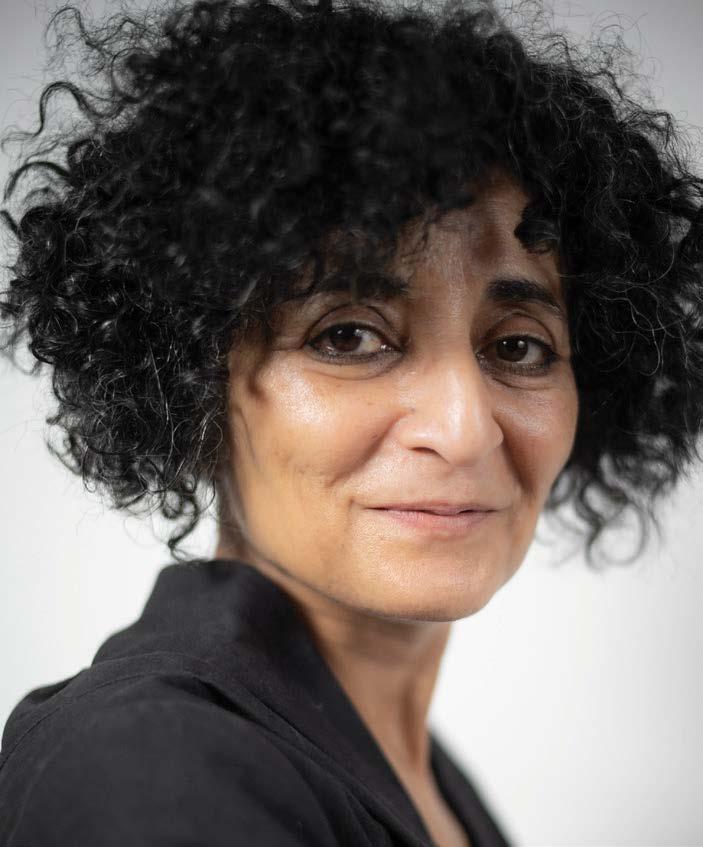
lost a lot of its men. It’s very interesting, because it’s a craft that’s in the men’s realm—like all the crafts that make money. For me, this project was like a little bit of vengeance.
So it went from a booming craft to a dying one. Then there was a group of people who decided to save this craft. I was approached by one of them to work on a project. I met one of the craftsmen and chose something he had on the wall. I said, “Make me something like this, but instead of the Coranic script, I want you to write ‘A woman’s voice is revolution’ in Arabic,” and I left.
I came back later, and my piece was ready. It struck me as very beautiful and interesting. I was like, What does this remind me of? Suddenly after six months, I realized, “This is like QR codes.” I hate QR codes, because they mean nothing. So, I got the idea to make QR codes where I would embed feminist quotes. And I decided to make them in English, too, so more people could understand them.
MARTIN-GACHOT: That’s a fascinating origin story. You would think that it came together very naturally.
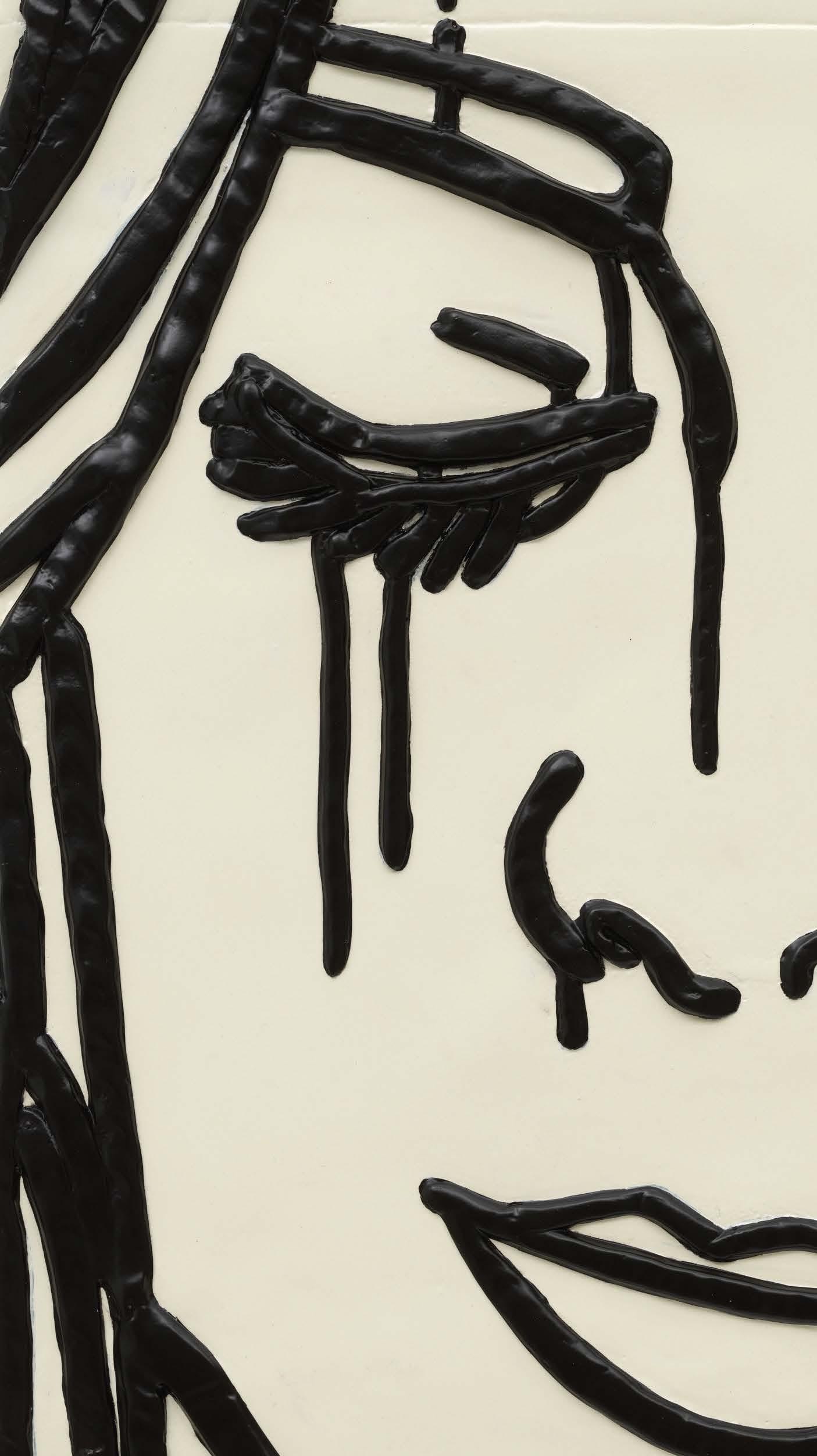
AMER: Yeah, but nothing comes together in art that way. You don’t see it, and then the idea just comes from the sky to your brain.
MARTIN-GACHOT: “Paravent Girls” began with cardboard boxes that you found on the street. Why cardboard?
AMER: Each time I receive a book, it’s like, Poor books, poor trees. The quantity of cardboard, especially with Amazon… it’s like cardboard is a trademark of
America. You see it every day. Anyway, this is not why I chose cardboard. I started ceramics to produce a prototype for my bronze. I fell in love with ceramic and liked the idea that I could paint on it. During a residency, I needed to make a maquette, so I did it from cardboard. I made these beautiful drawings, all on cardboard. They were meant to be thrown out, but I said, “No, they are nice. I like them.” So I kept them. Then Tina Kim [Amer’s other gallerist] came to visit my studio before everything shut down with

Covid. She found the drawings, and was like, “What are these, Ghada? These are beautiful.” Then she told me, “I’m taking them to Korea, I’m going to have them made in bronze.” So that’s how they [became what they are today].
MARTIN-GACHOT: What did you surround yourself with while making these two bodies of work?

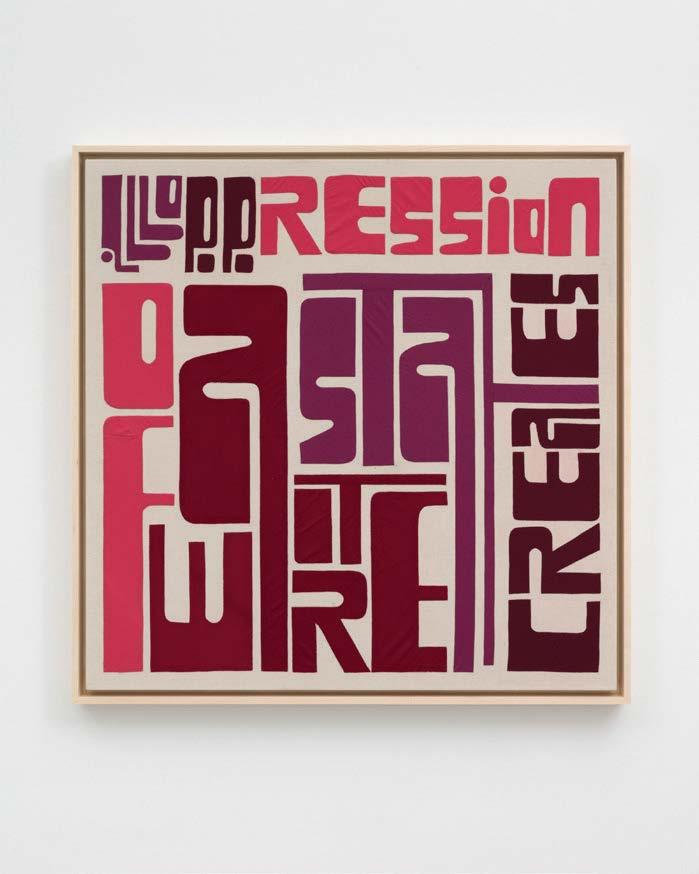
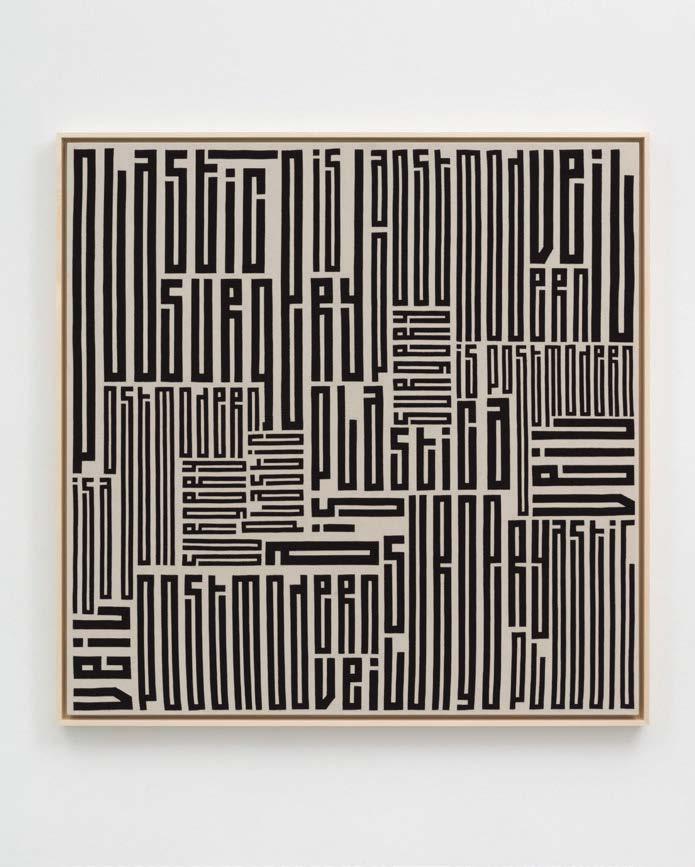
“FOR ME, IT’S IMPORTANT TO REMEMBER THAT EVERYTHING IS A QUOTATION. EVERY THOUGHT, EVERY THING, HAS BEEN SAID.”
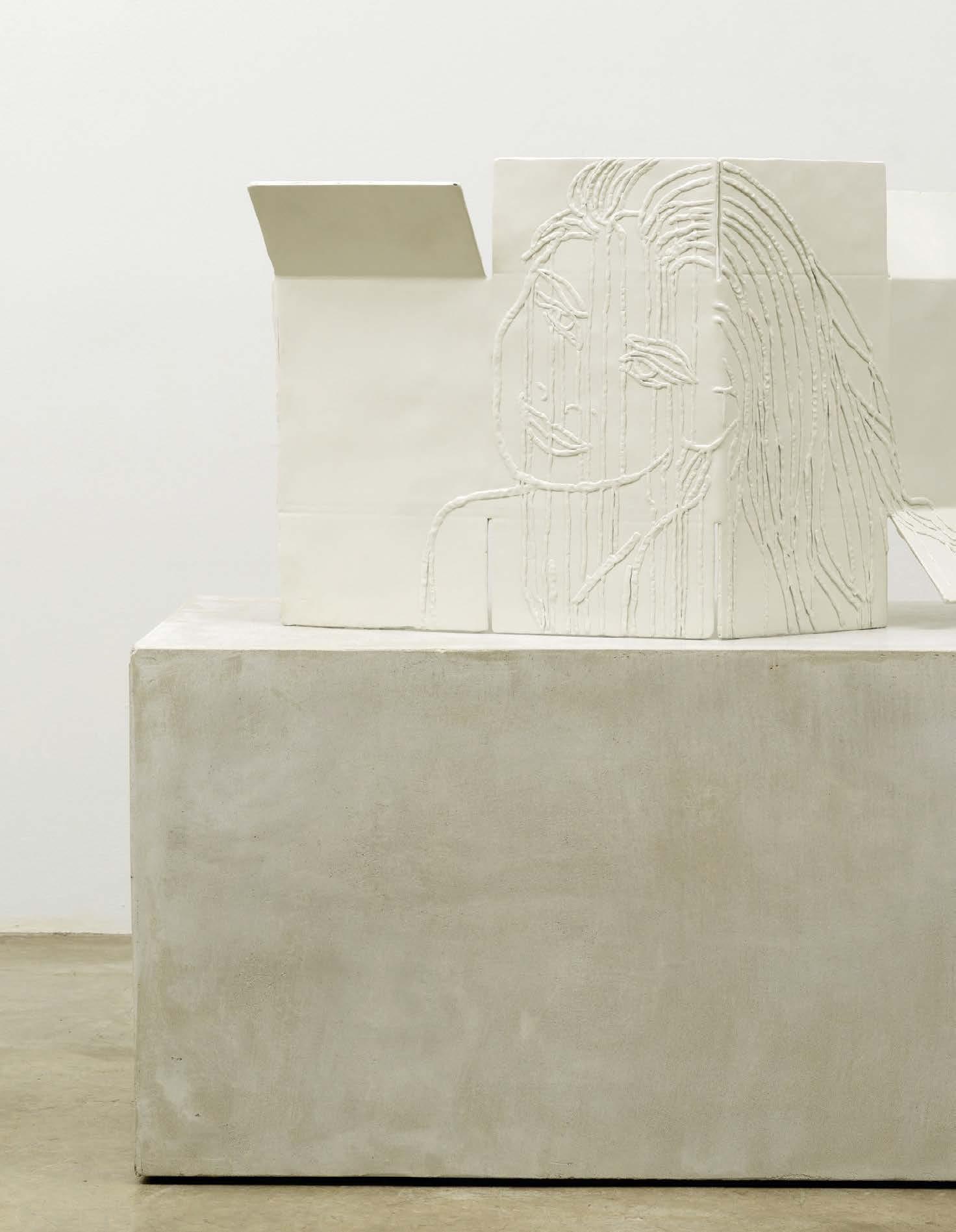
AMER: My practice is fueled by current affairs. For example, the status of women. For me, it’s a current affair. I want to know what’s happening in the world, especially in the Middle East.
MARTIN-GACHOT: You’re interested in current affairs, but many of the words used in “QR CODES REVISITED” are from the past.
AMER: I want people to remember that there’s nothing to invent. Everything has been invented—we just forget. History is very short because it repeats itself. If
we don’t remember, and if we don’t take good care of what we have learned in the past, we will go back to fascism. For me, it’s important to remember that everything is a quotation. Every thought, every thing, has been said.
MARTIN-GACHOT: Over the years, your practice has placed passion, feminist rage, and the power of the erotic at the center of the conversation. What is the place or the importance of the erotic in the art world today?
AMER: I don’t care about what the place of it is. It’s the place for me. This is what made me become an artist. This is what I want to talk about. We don’t know who decides what is or isn’t art. It’s not us who are going to decide—it is going to be years, 200 or 5,000 years. For me, right now, what is important is: I went into art because I had depression, and it’s art that pulled me out because I could have a voice. When I started in 1991 in France, it was not “important.” I don’t think importance is a good judge.
AHEAD OF ANNE KRAYBILL’S CONVERSATION WITH PHILANTHROPIST ALICE WALTON AND FORD FOUNDATION PRESIDENT DARREN WALKER AT THIS YEAR’S ASPEN IDEAS FESTIVAL, THE ART BRIDGES FOUNDATION CEO OFFERS HER PERSPECTIVE ON THE STATE OF ART-VIEWING IN AMERICA.
BY ANNE KRAYBILL
Anne Kraybill has been on a mission to make art a common good since she began her career in museums more than 20 years ago. After serving as director of the Westmoreland Museum of American Art in Greensburg, Pennsylvania, and the Wichita Art Museum in Kansas, Kraybill became CEO of the Art Bridges Foundation, the Alice Walton–founded nonprofit that uses an art-lending network to support underfunded regional museums across the country. This summer, she’ll join Walton and Ford Foundation President Darren Walker for a conversation about democratizing art access as part of the Aspen Ideas Festival. Here, she offers a personal prognosis of the state of the museum ecosystem—and explains why resourcesharing is an essential part of its future.
At a time when Americans are hyperpolarized, expanding access to art is more critical than ever. Everyone—no matter where or who they are—deserves the chance to experience artworks that help them understand themselves better and encounter perspectives beyond their
own. Engaging with art fosters empathy, the underpinning of any thriving community.
But there are two major obstacles to achieving this goal: Art is not equally distributed across the United States, and many collections do not represent a diverse range of artists. That’s why institutions of all sizes must collaborate and share resources to grow their impact. Art-sharing programs play a pivotal role in this effort. Most museums show a tiny fraction of their holdings at any given time; the Metropolitan Museum of Art in New York, for example, has just 4 percent on display, according to a New York Times report.
Art-sharing programs allow regional museums to show works that they might not have the resources to acquire or borrow, while enabling large museums to breathe new life into objects that would otherwise be stuck in storage. While art sharing is not a new concept, most loans are for short-term traveling exhibitions. Meanwhile, museum collections are perceived as static, with the public often saying, “I’ve already seen the collection—
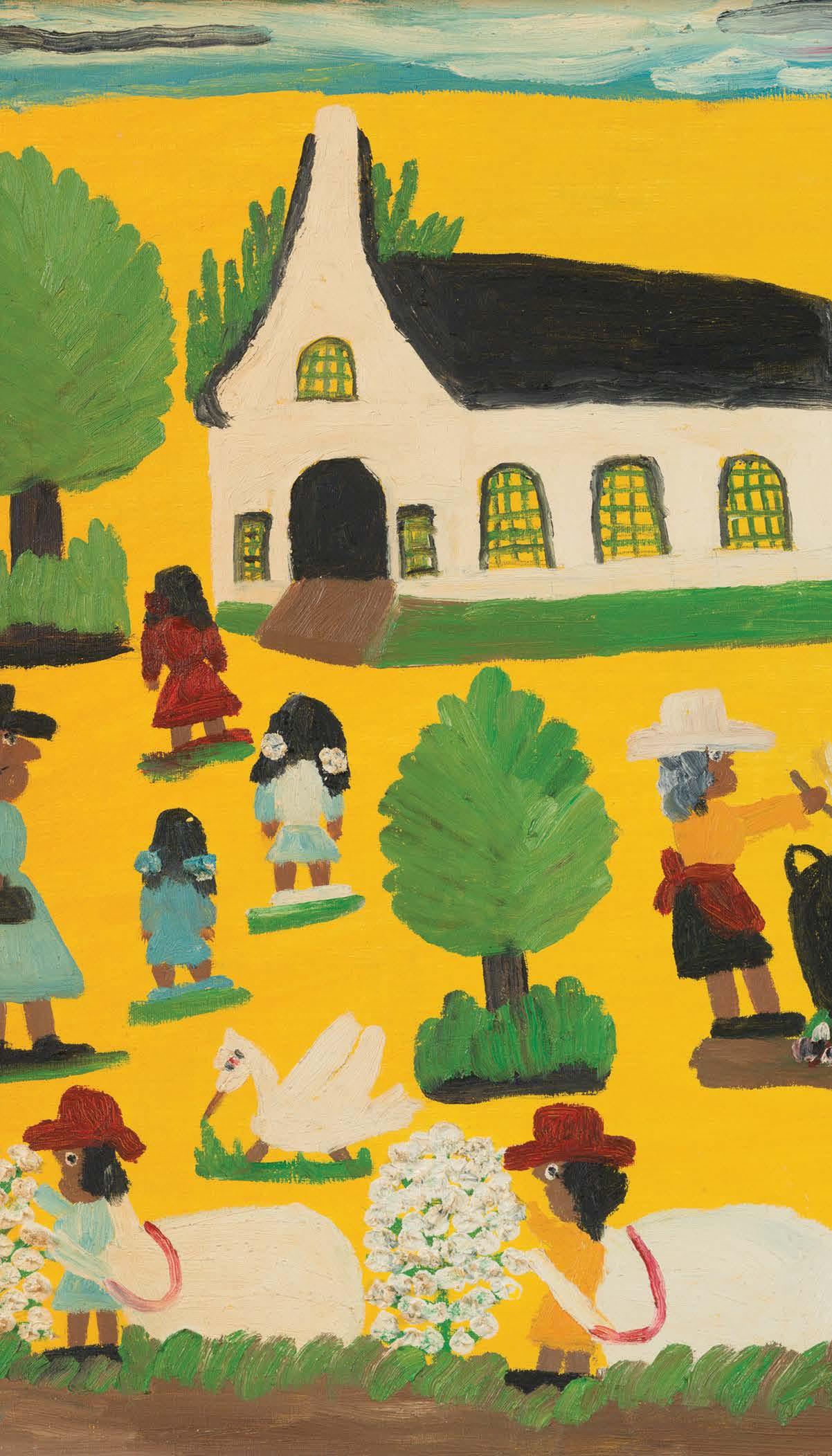
why do I need to go back?” Art sharing provides an opportunity to create a dynamic rotation that sparks new conversations.
One standout example of this strategy is a recent exhibition at the Memorial Art Gallery (MAG) at the University of Rochester, which borrowed eight paintings by self-taught artist Clementine Hunter from the American Folk Art Museum (AFAM) through Art Bridges’s art-sharing program, the Partner Loan Network. Born on a plantation in
Louisiana, Hunter began selling vibrant paintings of Black people and everyday rural Southern life in her 50s; her work left a significant mark on American art. MAG supplemented the Hunter paintings with landscapes by self-taught artists in its collection as well as examples of Inuit stone sculptures. The display was informed by the growing Black population in Rochester and challenged long-held artworld biases surrounding how artists should receive their training. This kind of resource exchange gives
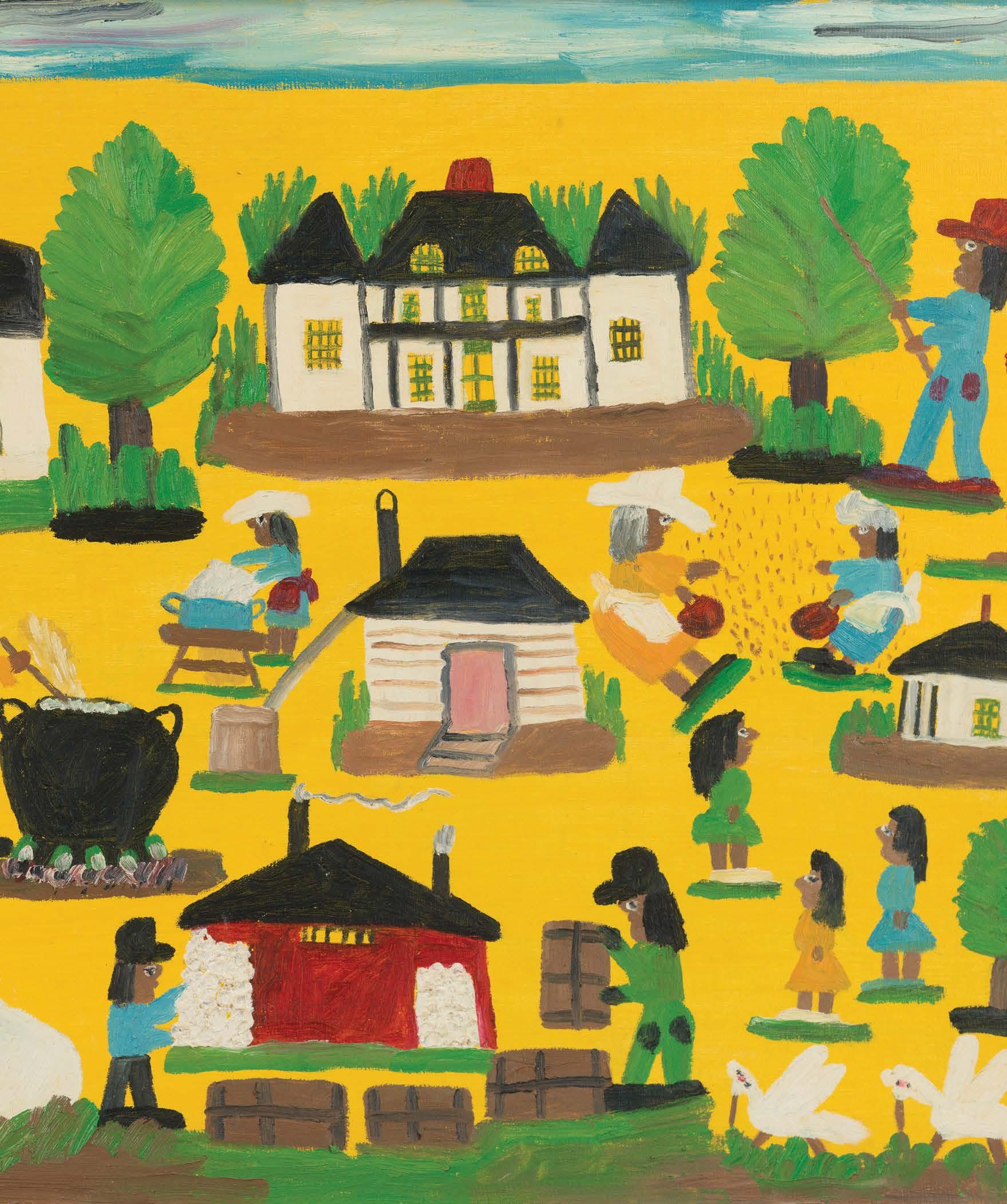
“MAKING MUSEUMS SUSTAINABLE FOR THE LONG TERM REQUIRES BRIDGING THE DIVIDE BETWEEN MUSEUMS, COMMUNITIES, AND PHILANTHROPISTS OF ALL AGES.”
— ANNE KRAYBILL
museums of all sizes the opportunity to assess strengths and gaps in their collections (which have historically not adequately represented BIPOC,
LGBTQIA+, and women artists) and expand their audiences by improving and making more inclusive the visitor experience.
There’s another benefit to art sharing, too: It drives philanthropic funding to museums. Younger generations are increasingly directing their charitable efforts toward outlets that create tangible change in society. Donors who recognize the arts’ ability to strengthen social cohesion through empathy and critical thinking are more likely to donate to smaller, regional institutions where the impact is visibly felt. However, it can be challenging for museums to demonstrate impact if they
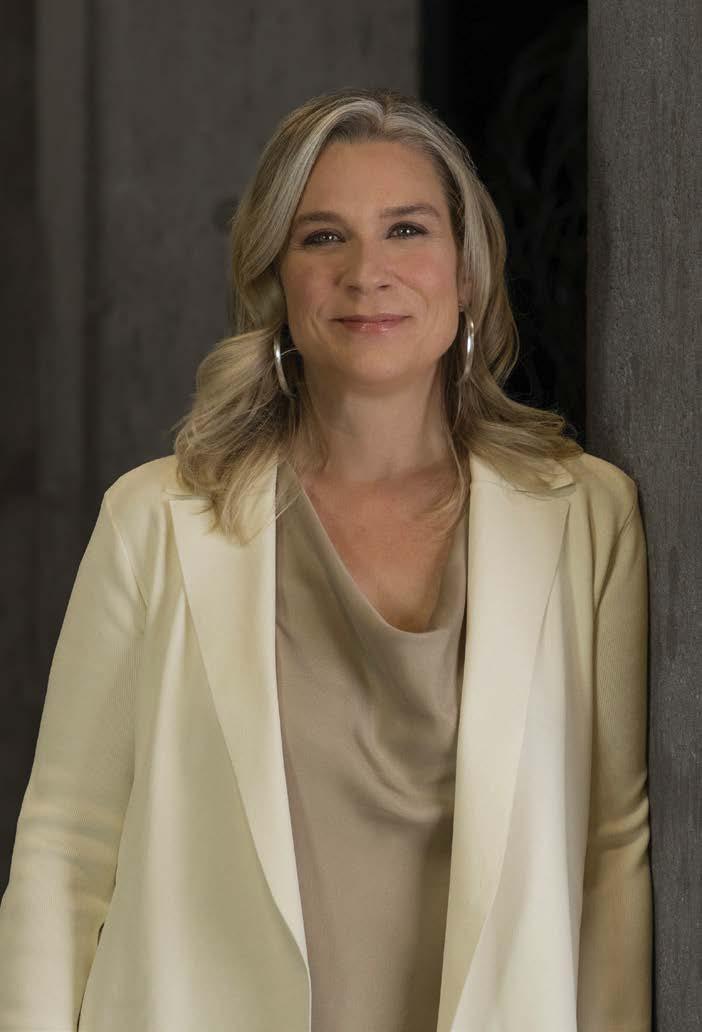
are under-resourced and struggling to rebound to pre-Covid attendance numbers. The art-sharing initiatives provided by Art Bridges serve as proof of concept for the impact museums can have in their communities. An equitable distribution of philanthropy ensures that well-funded and well-attended cultural institutions in major metropolitan areas can share resources with smaller museums, which can use those to encourage additional support from local donors.
Making museums sustainable for the long term requires bridging the divide between museums, communities, and philanthropists of all ages. By getting art out of storage and sharing it with institutions across the country, we can ensure that all museums have the resources they need to increase their impact and encourage social change in their communities. And, in turn, we can garner broad support from both private and public sources—carving the way for a sustainable and impactful model for the future.
MENDES WOOD DM WAS FOUNDED—PROUDLY WITHOUT A PLAN—IN 2010. SINCE THEN, THE GALLERY HAS GONE TO GREAT LENGTHS TO BRING THE ART WORLD’S ATTENTION TO THE BRAZILIAN SCENE. IT’S PAID OFF.
BY OLIVER BASCIANO
ONE DAY, when they were two philosophy of art students in mid-2000s Paris, Pedro Mendes and Matthew Wood dragged a sculpture by Sonia Gomes to every gallery in the city, pitching the work to a series of ever-more-bemused dealers.
“There was a resistance to the aesthetics of Sonia and her history in Brazil, so we thought France might be more receptive,” Mendes recalls. The textile artist, whose work mines AfroBrazilian traditions, was an old family friend of his. They had no takers, but Gomes would go on to become a key figure in the success of their future gallery, Mendes Wood DM.
Mendes returned to Brazil in 2007, with Wood, who is American, following him. Together, they founded an artist residency in the city of Belo Horizonte. Next door, Felipe Dmab was operating an artist-run space. “If you think we sounded determined in Paris, Felipe turned out the most tenacious of all of us,” Wood says. “Felipe would drag works by Sonia to the moon.”
Three years later, the trio combined forces and opened their commercial gallery in São Paulo, bringing with them many of the artists who had passed through the doors of the nonprofit ventures. Now, these figures, who include Gomes, Paulo Nazareth, Marina Perez
Simão, and Lucas Arruda, are some of the most famous—and expensive—in Brazil today.
Earlier this summer, the gallery returned to Art Basel in Switzerland (it “graduated” to the main section in 2018). The booth was a reflection of their increasingly influential program; a decade and a half into their trajectory, it seems like the world is finally catching up with the gallery’s vision. Among the works on view were a sculpture by Gomes, who was practically canonized with a vast showcase at last year’s São Paulo Art Biennial; Julien Creuzet, who is representing France at the Venice Biennale; and Rubem Valentim and Amadeo Luciano Lorenzato, both of whom were in the historical section of “Foreigners Everywhere,” the main show at the Biennale curated by fellow Brazilian Adriano Pedrosa.
They’ve come a long way. “We didn’t have a plan when we started, just a mission to build a community around art,” Mendes explains, sitting in the garden of their hangar-like São Paulo headquarters. Dmab, beside him, agrees. “I think galleries who start with a plan don’t work out so well—they become so focused on the idea of what they want to be, they don’t recognize what they need to be,” he says.

“I THINK GALLERIES WHO START WITH A PLAN DON’T WORK OUT SO WELL—THEY BECOME SO FOCUSED ON THE IDEA OF WHAT THEY WANT TO BE, THEY DON’T RECOGNIZE WHAT THEY NEED TO BE.”
— FELIPE DMAB
Hospitality, including paying airfare for collectors and curators to come to Brazil, was one of their biggest overheads in the early years, and it remains a significant expense—in Venice, they hosted a buzzed-about boat party down the Grand Canal. It’s an investment that’s paid off. Names previously unknown outside the country, including sculptors Paloma Bosquê, Adriano Costa, and Antonio Obá, gained market and curatorial attention. The gallery started to work with international artists in 2013, showing the Dutch painter Maaike Schoorel; exposing

her and others to Brazilian audiences.
“It was important that the international artists felt a connection with Brazil,” Dmab says. “There were artists that we brought over, but they didn’t really connect with the country. Brazil has played such an important part in our story—it’s the roots, the heart of the gallery.” The British sculptor Michael Dean and the Parisbased artist Matthew Lutz-Kinoy both fell in love with the country, he notes, while a fast-rising star at the gallery, Alvaro Barrington, “has dreamt of visiting Bahia since he was born.”
In 2016, the gallery inaugurated its first international space on New York’s Upper East Side before moving to a 7,000-square-foot showroom in Tribeca. They opened their first European location in Brussels in 2017, with a Paris space
following in 2023. The expansion was fueled by reasons both romantic and pragmatic.
“We’ve all been wanderers. It was inevitable,” Wood says, joining over a video call from New York. Mendes adds, “To have an international contemporary art gallery based in São Paulo is logistically difficult—it’s expensive. Even stupid things like sending an artist’s monograph costs a lot of money. It might not arrive; you need to pay a massive amount of import tax to get anything into the country.”
As well as the permanent spaces, the gallery has an ever-changing roster of temporary exhibition sites, in invariably bucolic locations across the world. They will soon open a group show in a 17th-century church in the charming



Dutch coastal village of Retranchement. Meanwhile, Edgar Calel, a Maya Kaqchikel artist from the midwestern highlands of Guatemala, will show at their arts-andresearch institute in Germantown, New York. Last year, Perez Simão was the third of their artists to exhibit at a 19thcentury estate they occupied in the Italian countryside.
So many venues means that the founders’ travel schedule is formidable, and they are barely in a location for more than a week. “We love doing projects, and we don’t like holidays. So many people are dreaming of their two weeks away from work, but we never want to be away from all this,” Dmab says. “We are messengers. Travel is the job. Just drink lots of water, dress comfortably and get some exercise in.”

“I CAME INTO THIS PROJECT WITH A LOT OF UNKNOWNS. THERE WAS NO MODEL.”
—
ALLISON KATZ
INSPIRED BY THE ANCIENT RUINS THAT FIRST CAPTIVATED HER IN HER YOUTH, ARTIST ALLISON KATZ RECONTEXTUALIZES CONTEMPORARY WORKS—FROM HER PEERS’ OEUVRES TO HER OWN—IN AN INSTITUTIONSPANNING EXHIBITION AT THE ASPEN ART MUSEUM.
Allison Katz is not one to shy away from a challenge. The London-based painter, known for arresting works that fold examinations of the female form, domestic architecture, and pop culture symbolism into captivating interrogations of collective memory and social history, has kept busy in recent years. Following her participation in the 2022 Venice Biennale, Katz has opened a slew of solo shows at Hauser & Wirth Los Angeles, Camden Art Centre, and Canada House. But in the last 18 months, the artist has dedicated herself to a unique pursuit. In close creative partnership with Nicola Lees, artistic director of the Aspen Art Museum, Katz spent the last year and a half laying the groundwork for what would become “In the House of the Trembling Eye,” a multi-floor exhibition on view at the Aspen Art Museum through Sept. 29. Organized in collaboration with the
Archaeological Park of Pompeii, the ambitious and unorthodox behemoth of an exhibition sees Katz don the title of both curator and artist. “I came into this project with a lot of unknowns,” the artist recalls. For Lees, the undertaking—which features works by Katz alongside pieces by over 50 of her contemporaries and a tantalizing series of Pompeiian fresco fragments—was an unusual one, “both for our institution and for [Allison] as an artist.”
The opening of “In the House of the Trembling Eye” marked a significant milestone for Katz, who broke into tears when she stepped into the exhibition hall for the first time. It was also a turning point for Lees, who—after turns as a curator at both Frieze London and the Serpentine Gallery—has dedicated her career to challenging the constraints of the art-viewing experience.

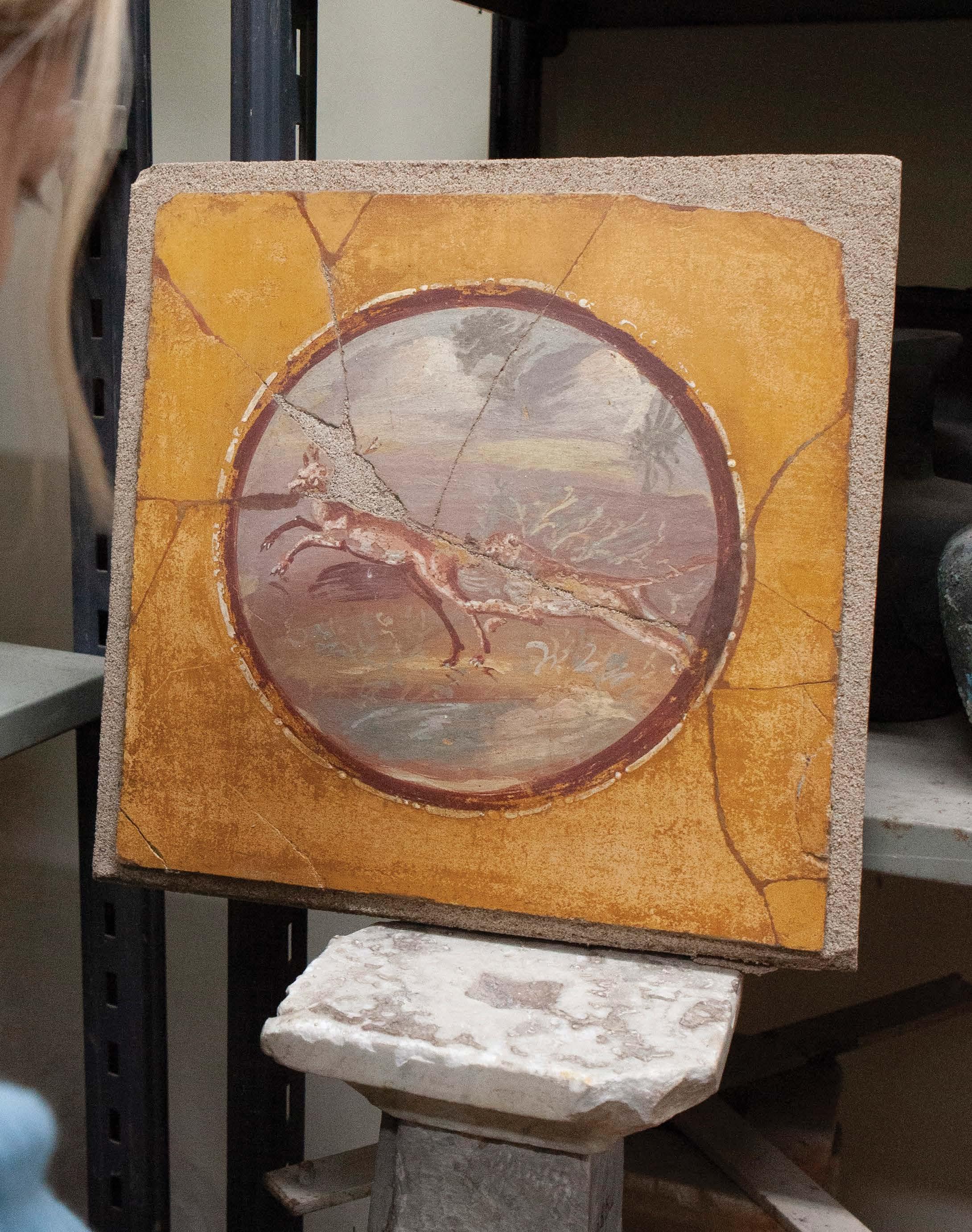

Here, the pair reunite to discuss their initial vision for the exhibition—which marks both the Aspen Art Museum’s 45th anniversary and the 10th anniversary of its Shigeru Ban–designed building—a memorable trip to Pompeii, and how they landed upon the show’s enigmatic title.
NICOLA LEES: “In the House of the Trembling Eye” is an unprecedented exhibition, both for our institution and for you as an artist. Alongside your paintings, it features artworks that you selected from personal collections in and around Aspen as well as a series of fragments borrowed from the Archaeological Park of Pompeii. Your concept and design for the exhibition display introduces an extraordinary architecture, inspired by the ancient Roman house, or domus, across all three floors of the museum. How did it feel to work in such a dialogic way with many players, as opposed to your usual, more solitary studio practice?
ALLISON KATZ: I came into this project with a lot of unknowns. There was no model, so it grew organically. I approached it like a painting: When I start, I have this
“IT WAS LIKE I WAS MAKING THIS SHOW FOR THE 15-YEAR-OLD BUDDING PAINTER VERSION OF MYSELF WHO FIRST FELL IN LOVE WITH POMPEII.”
— ALLISON KATZ
glimpse or desire of what I want, but I don’t want to overly control it. That allowed the exhibition to reflect my process and the ongoing synchronicities and research. In my mind, I was always the ideal viewer, which is a fun position to be in. It was like I was making this show for the 15-year-old budding painter version of myself who first fell in love with Pompeii.
LEES: An important component of the exhibition is the research that you carried out at the Archaeological Park of Pompeii’s contemporary art program, Pompeii Commitment, as one of their first fellows in 2022–23. Last year, we returned to Pompeii together with Stella Bottai, the senior curator-at-large at AAM and one of the curators of Pompeii Commitment. We were given access to the private archaeological storages, and
projecting aspirations, lineage, and a relationship with the gods, and painting played a central role in communicating that. The museum has grown out of these mixed-use beginnings, so it made sense to return to this template when making a group show with works from local private collections in Aspen.
LEES: Tell me more about your organizational principles for the exhibition in Aspen, which begins “outside” with a section inspired by Via dell’Abbondanza, the “high street” of ancient Pompeii.
KATZ: The show begins with “The Street,” a kind of prologue, where I created a corridor perpendicular to the first room, so the viewer might feel like they are walking outside. In Pompeii, the perspective of the passerby was crucial. The doors of the ancient house were kept open during the day, and the sightline of the interior was visible all the way to the garden at the back. This viewpoint was deliberately staged to showcase artworks and inhabitants in a choreographed manner, including the area where the patriarch of the house would conduct his business on a slightly raised platform, like an actor in a play.
The first room of the exhibition is modeled on the ancient atrium, or central courtyard, which has a hole in the roof and a reflecting pool beneath it to collect rainwater. I saw that setup as a chance to contemplate eternity and reflection, which I think are fundamental themes of painting. Each section explores a different atmosphere and poetic logic of display, based off of the domus’s rooms and their design or function.
LEES: The exhibition features 10 fragments on loan from Pompeii. Speaking of “reflection,” tell me about the fresco fragment depicting Narcissus, displayed in the atrium section.
the sense of proximity—intimacy, even— with these fragments and artifacts is overwhelming.
KATZ: It was thrilling because these materials are usually inaccessible except to archaeologists. It’s a living archive more than a storage unit; nothing is wrapped, everything is visible on shelves and in racks. There was a sense of rare permission, which led to a heightened viewing experience. Speaking with the archaeologists, spending time on the site, and understanding the role that painting played in the structure of the domus was fascinating. I learned there was a fluidity between private and public space—it’s not a “house” as we understand the definition today. The structure was as much about shelter as it was about staging persona and
KATZ: Narcissus is a recurring motif in Pompeii, and became popular again during the Renaissance. The 15th-century theorist Leon Battista Alberti even proposed that Narcissus was humanity’s first painter, because of how he sees himself reflected in the pool. This idea of how the surface can be both a danger and a source of potential felt really exciting to me. In that room, there are paintings of the sky, but there’s also a floor piece by Nancy Lupo, which to me served as another reflecting pool. Its materials and form reflect glimpses of the other paintings around it, which deal with fields of sky-like compositions or portals. So the reflection is both literal and metaphorical; it’s inside each painting and also among them.
LEES: Why did you choose a figurative sculpture depicting a seated male figure in the tablinum room—a section that conjures the environment of the domestic “office”?
“THERE’S NO PURE NARRATIVE IN HISTORY, AND THE PAST CAN BE AS URGENT AND SPECULATIVE AS THE FUTURE. WE ARE JUST TREMBLING TOGETHER TOWARDS NEW STORIES.”
— ALLISON KATZ

KATZ: The sculpture, by Bharti Kher, is titled Father and is a cast of her own father with a hole through the torso. It is reminiscent of the plaster casts of bodies found in Pompeii. It is very moving to see how Kher used plaster, wax, and other materials to produce this life cast, with the addition of leaving open the space where his heart would be. The patriarch is there, but there’s also a vulnerability to his presence.
LEES: There are over 100 incredible artworks in this exhibition. How did you feel when you first walked into the galleries?
KATZ: I cried, and this was still during installation, before it was even finished! There is a gap between a painting in one’s mind and a painting in reality—with its objecthood, aura, and presence. It doesn’t matter how many times an artwork has been seen—when it’s put into a new context or configuration, it acts differently. Our ability to show these works anew was made easier by pairing them with artifacts that are so old. We talk a lot about art as timeless, but we also want art to be of its time. There’s this fascinating contradiction when something ancient engages with something contemporary.
LEES: The title of the exhibition conjures up a whole world in and of itself. What are the reasons or influences behind this title?
KATZ: In Pompeii, they name houses based on a distinguishing feature. I thought, What is the distinguishing feature of Aspen? I became fascinated by the aspen tree and the fact that it trembles— it’s called the trembling or the quivering aspen, and it has eye-like markings all over its bark. This trembling also links back to Pompeii, and the trembling of the earth caused by the volcanic eruption of Vesuvius that buried the city—which also preserved it. As artists and curators, we’re always trying to disentangle different versions of art history, different origin mythologies, the fictions behind the surface. There’s no pure narrative in history, and the past can be as urgent and speculative as the future. We are just trembling together towards new stories.
